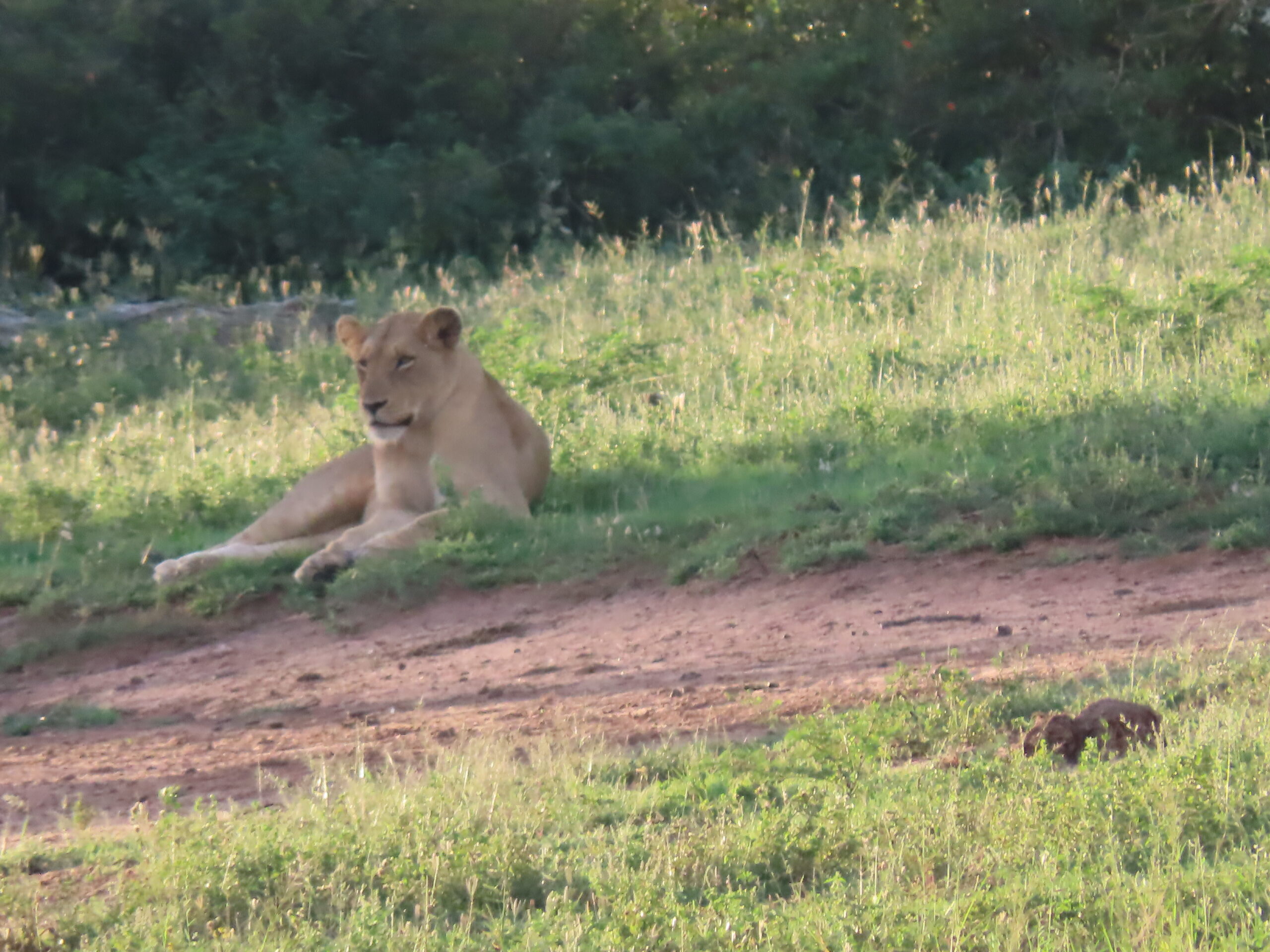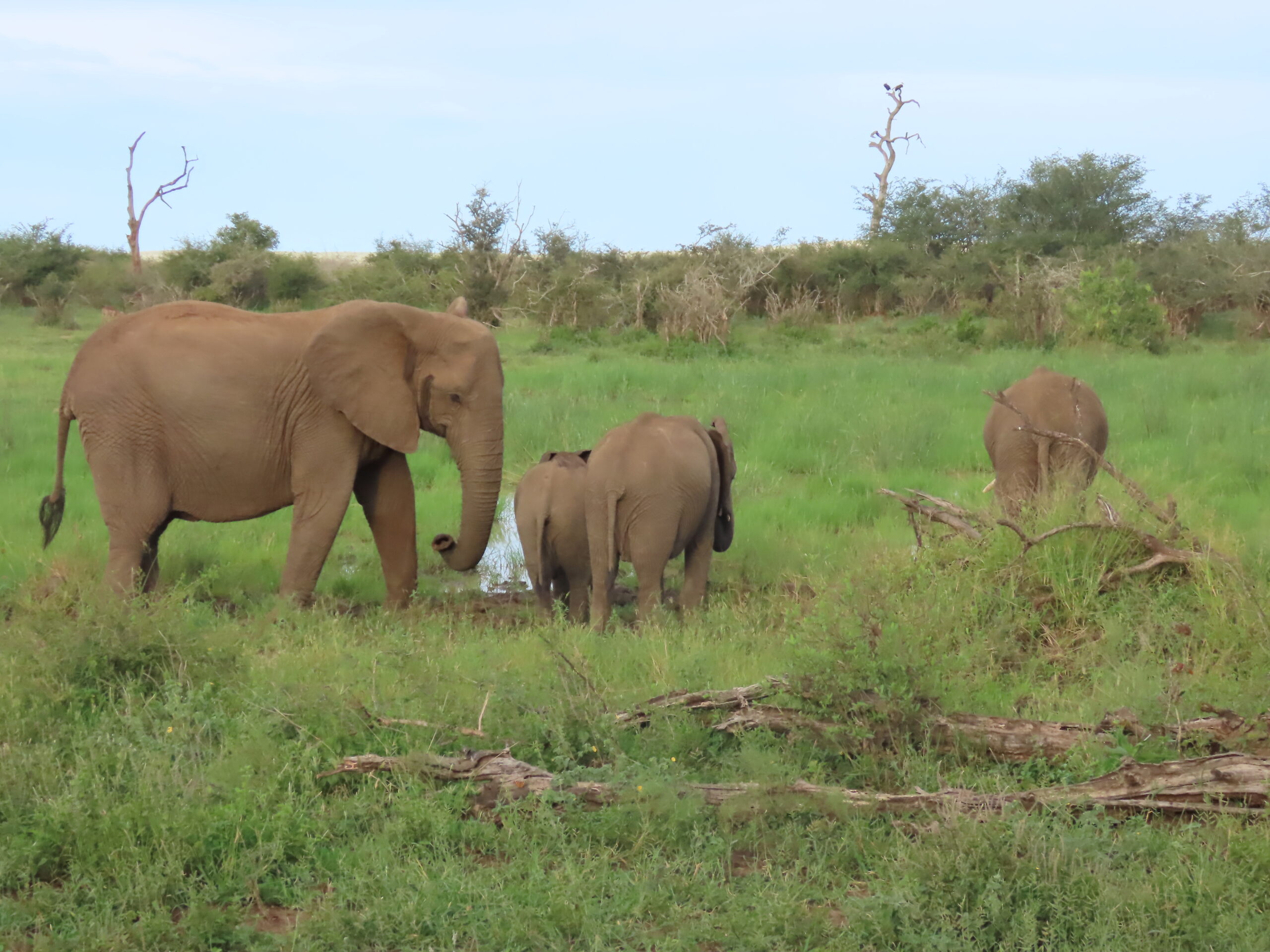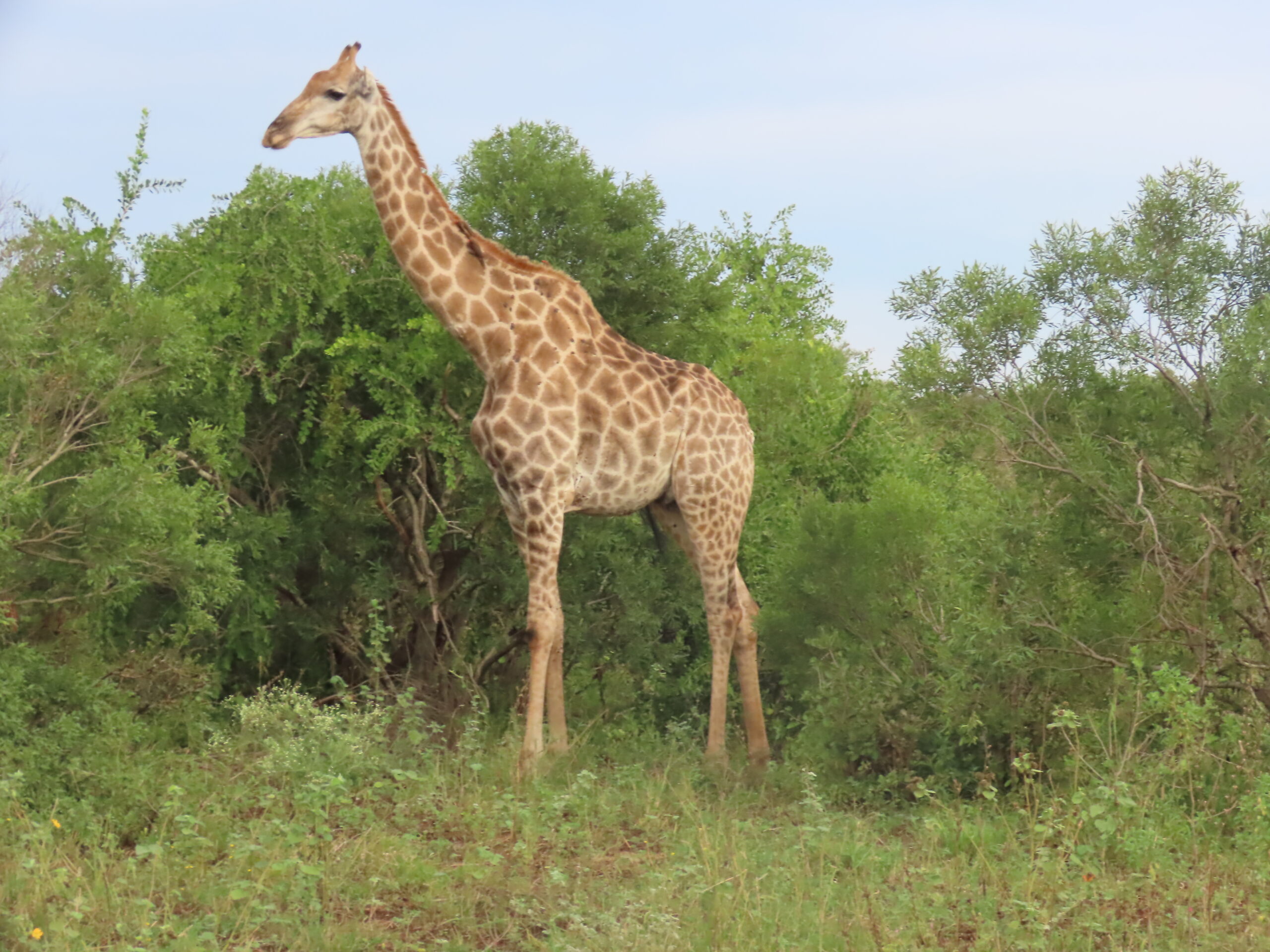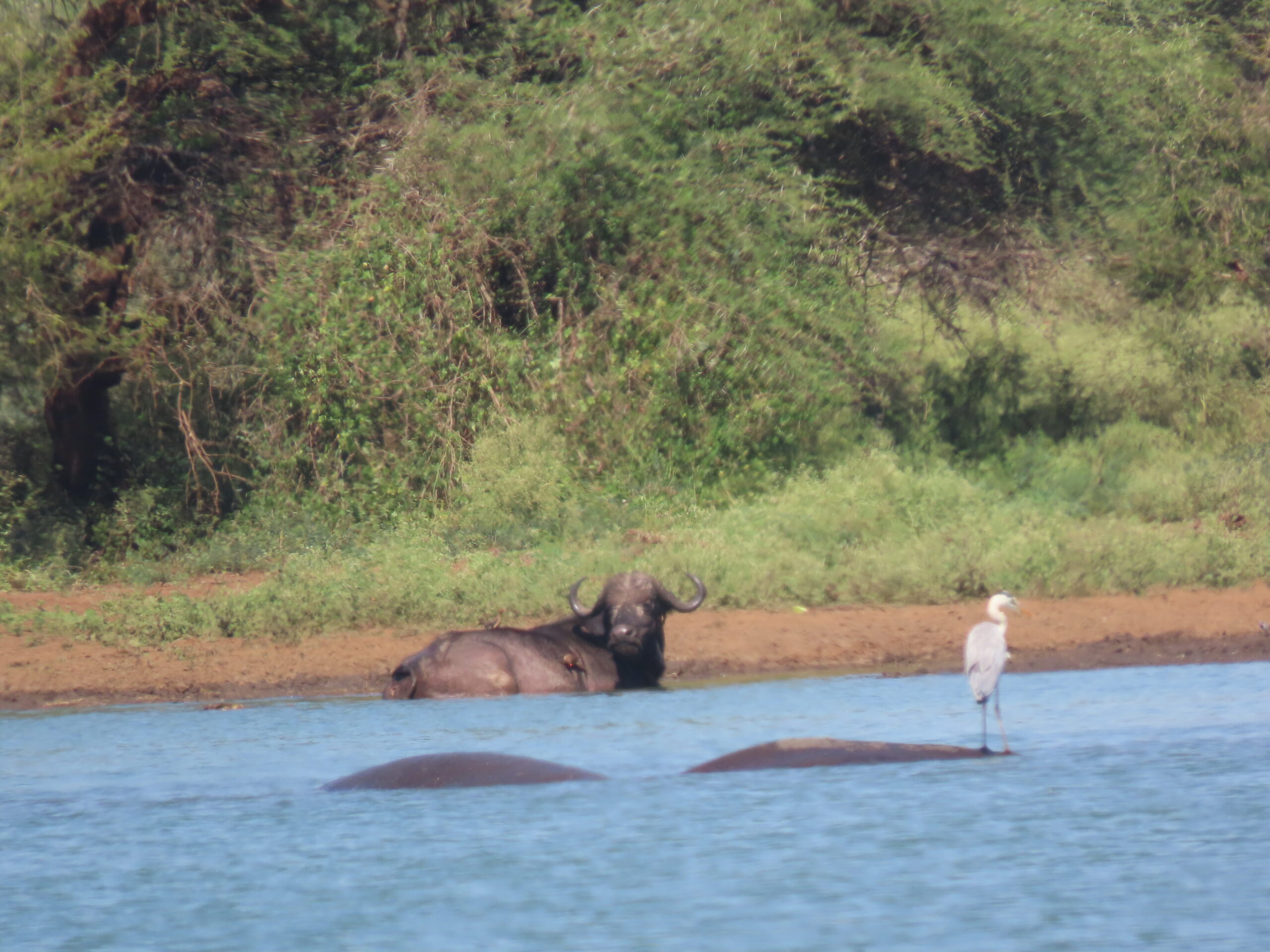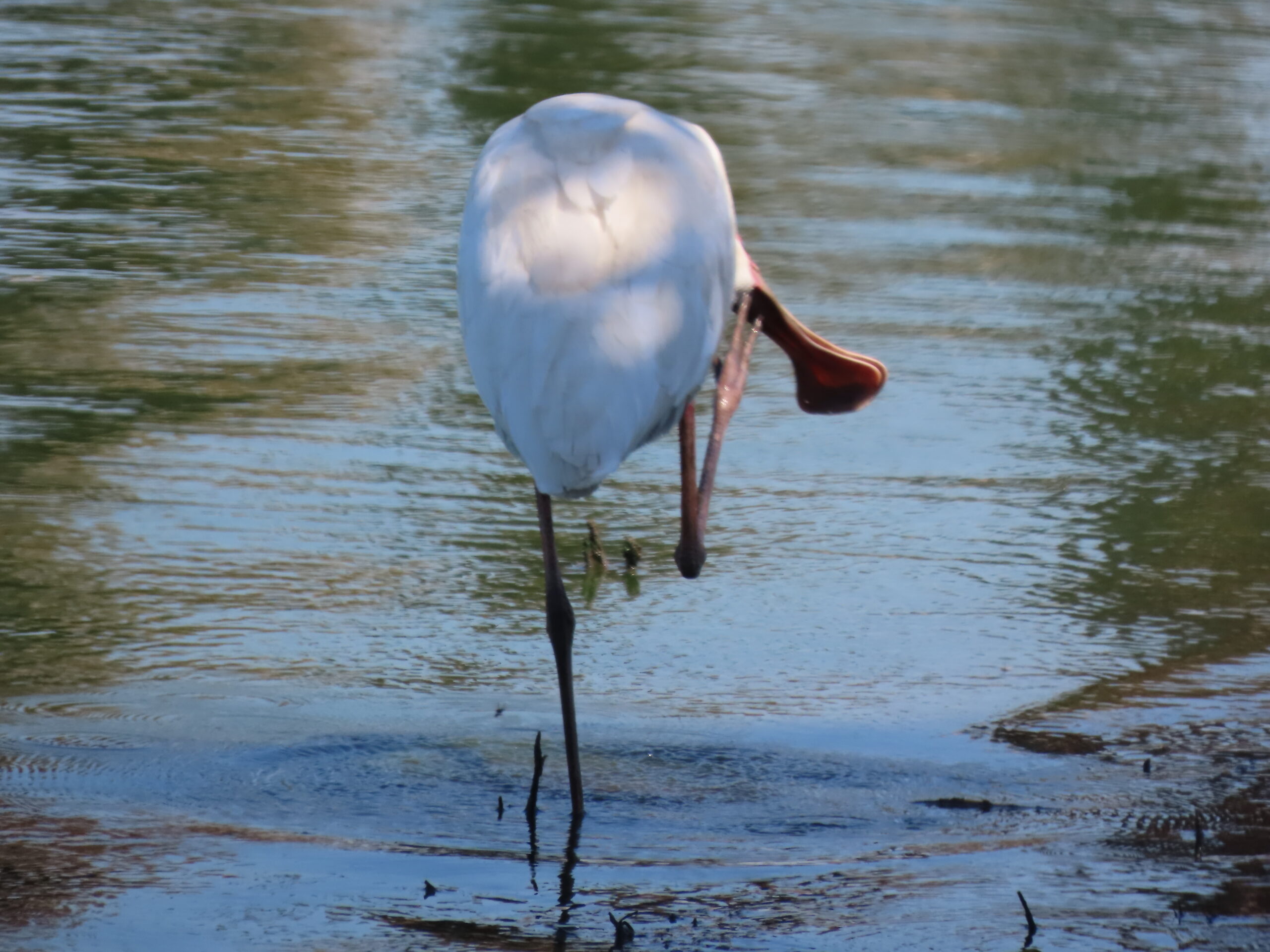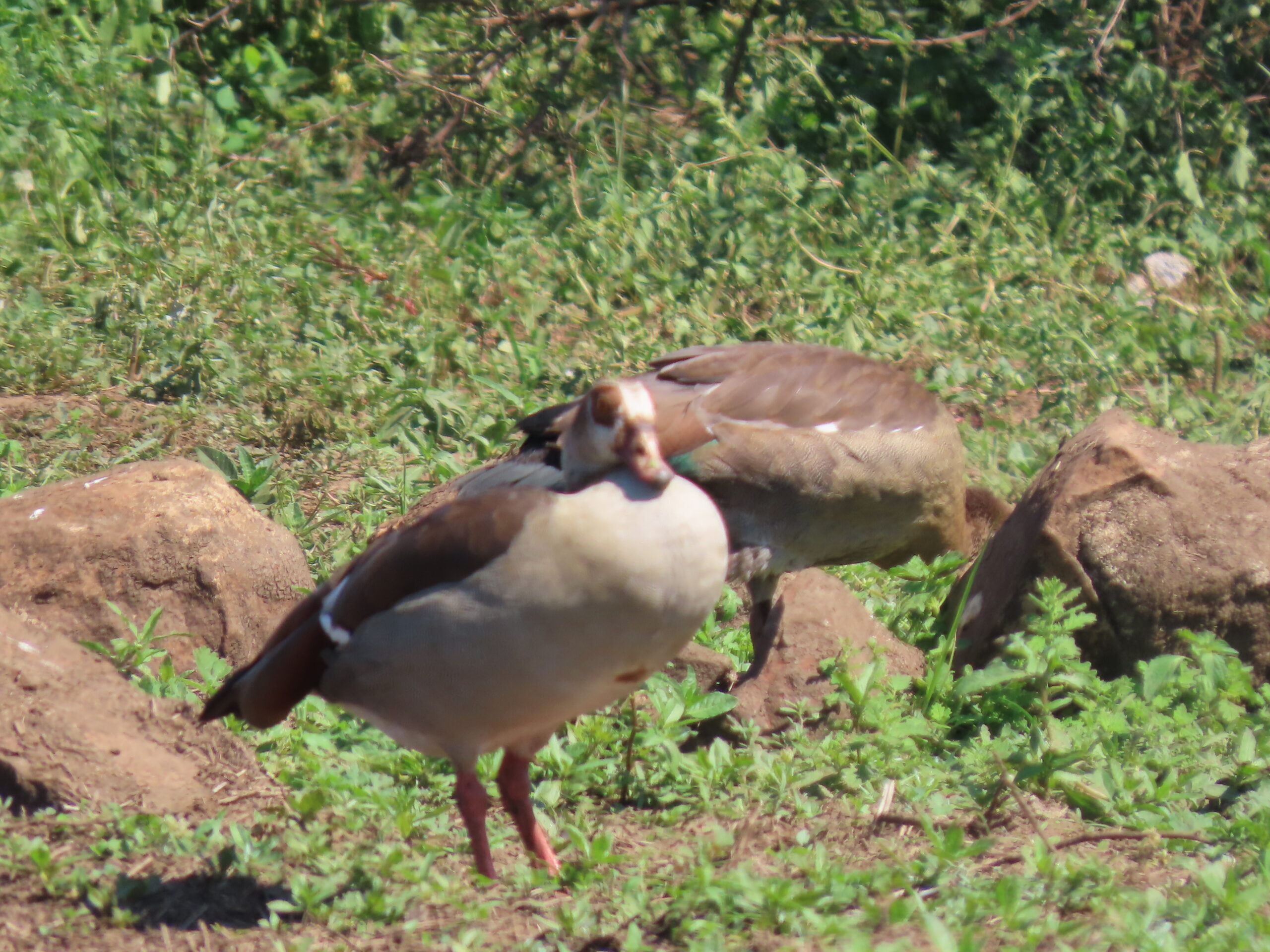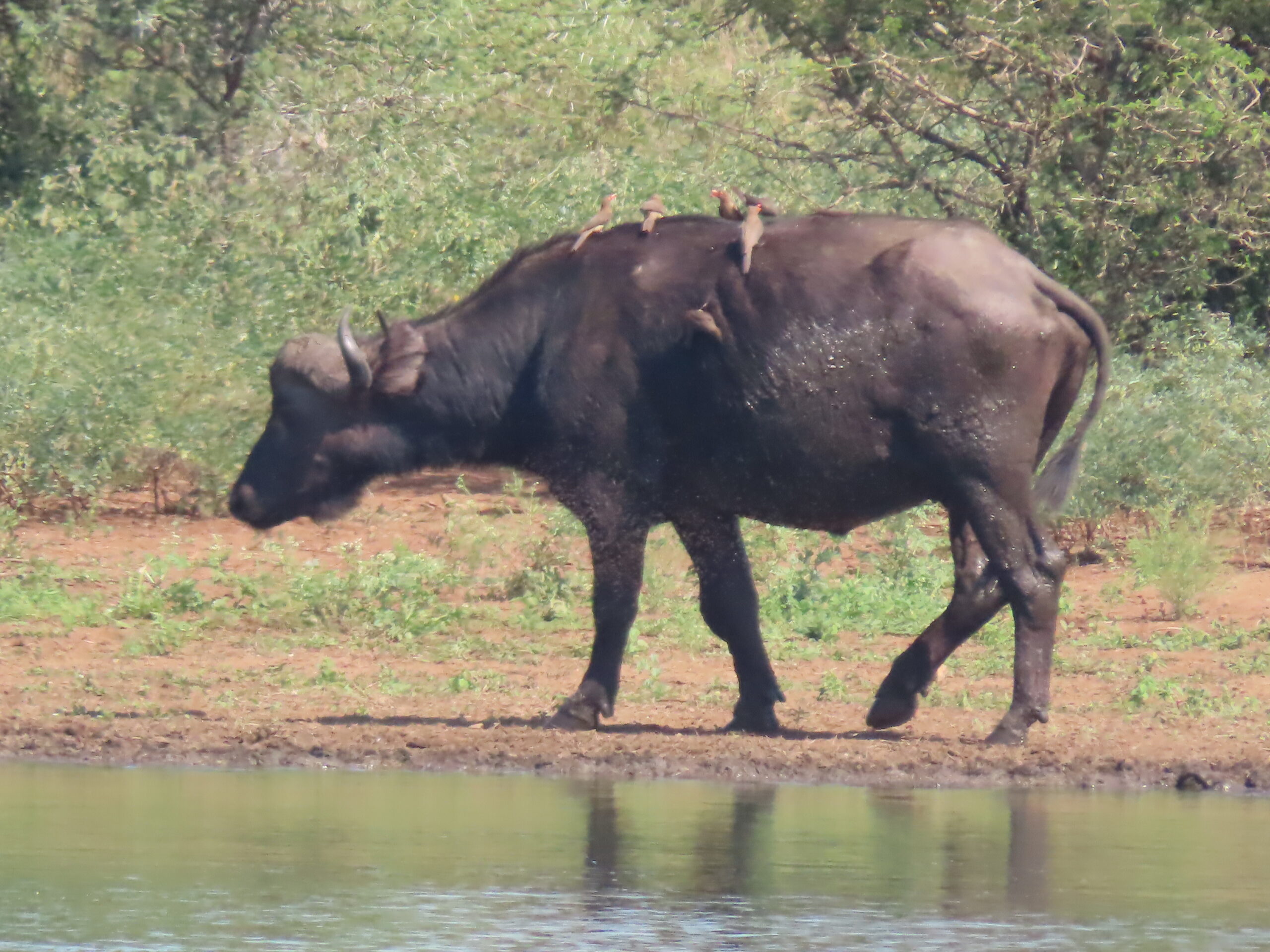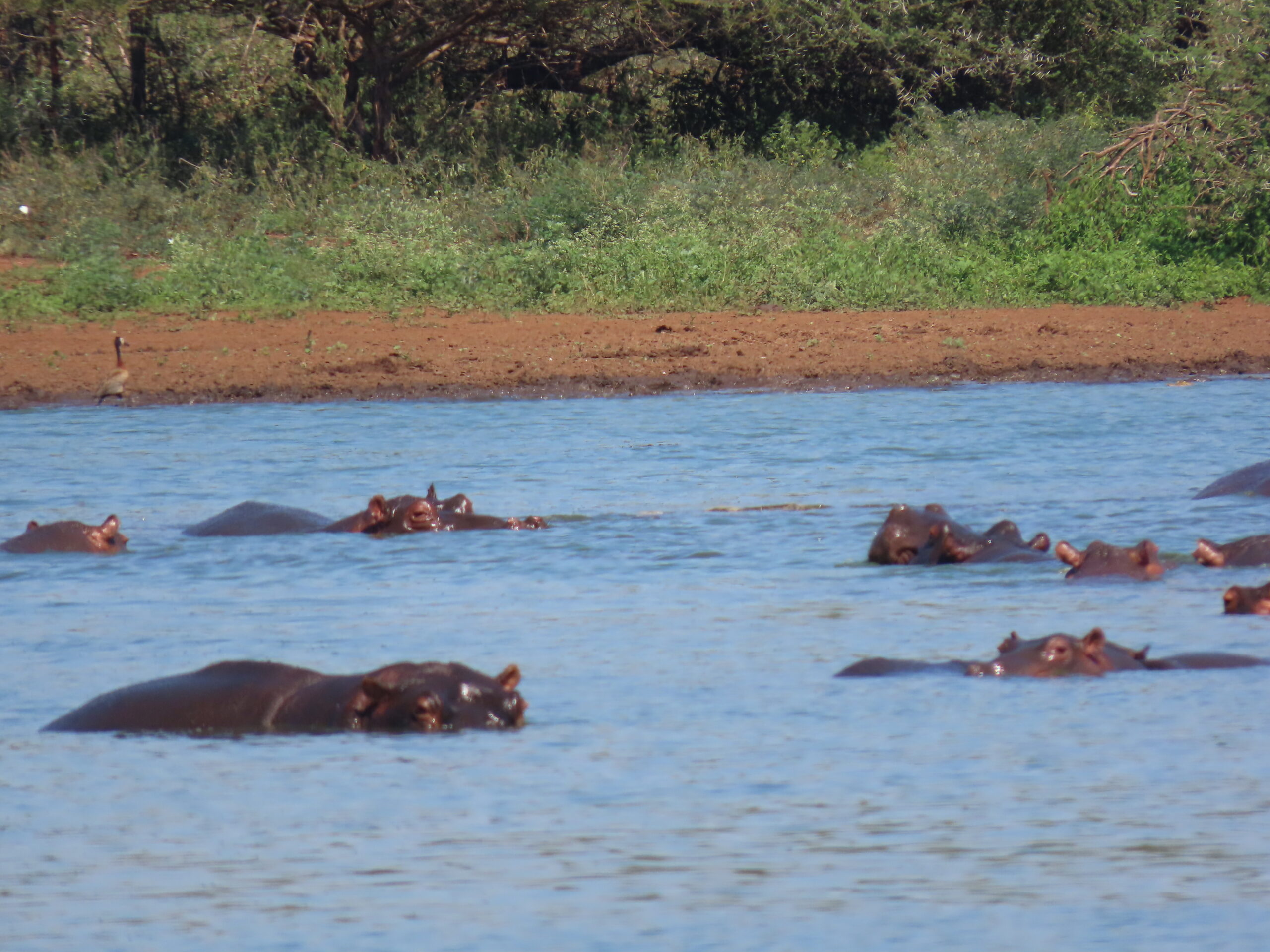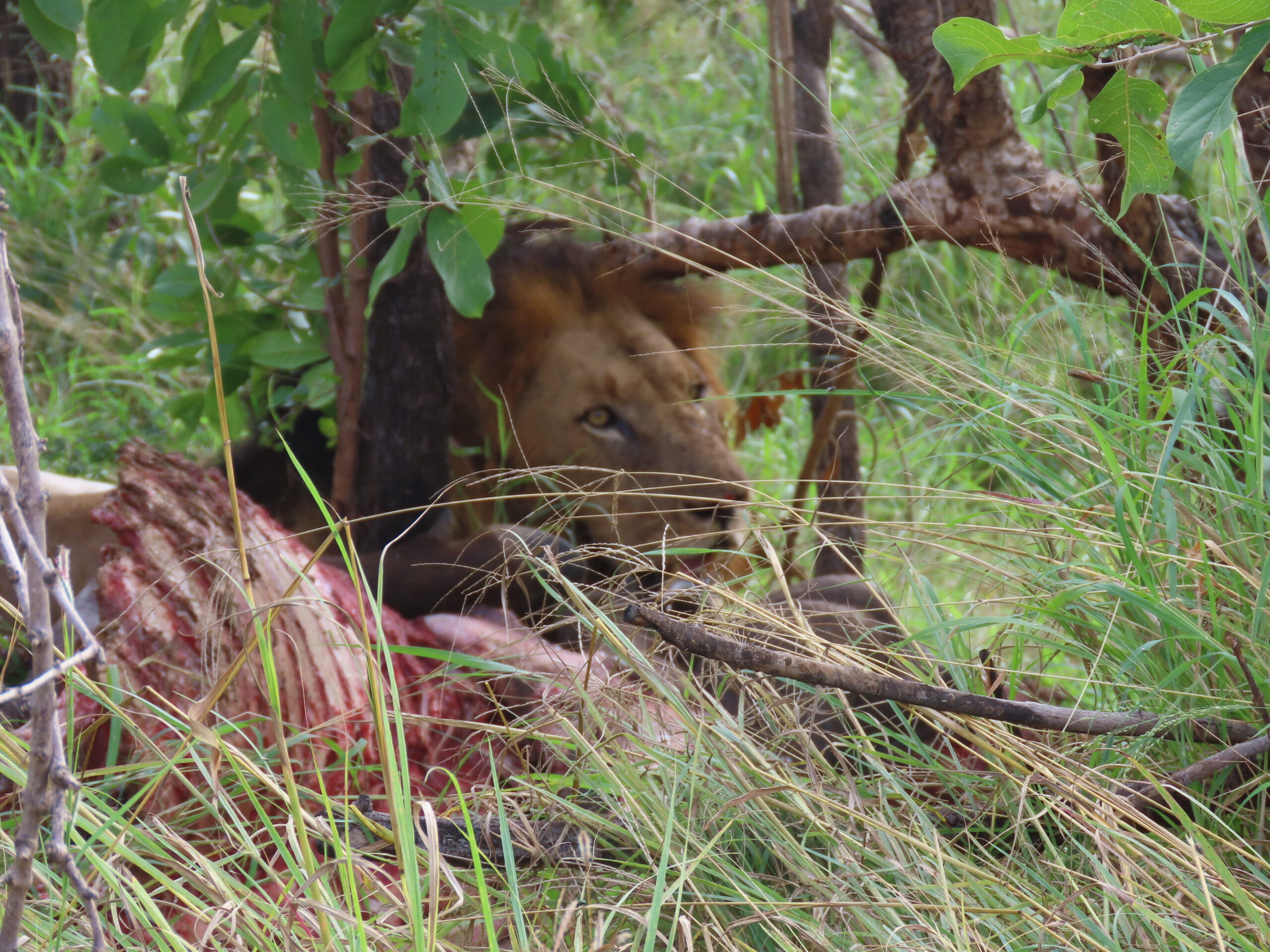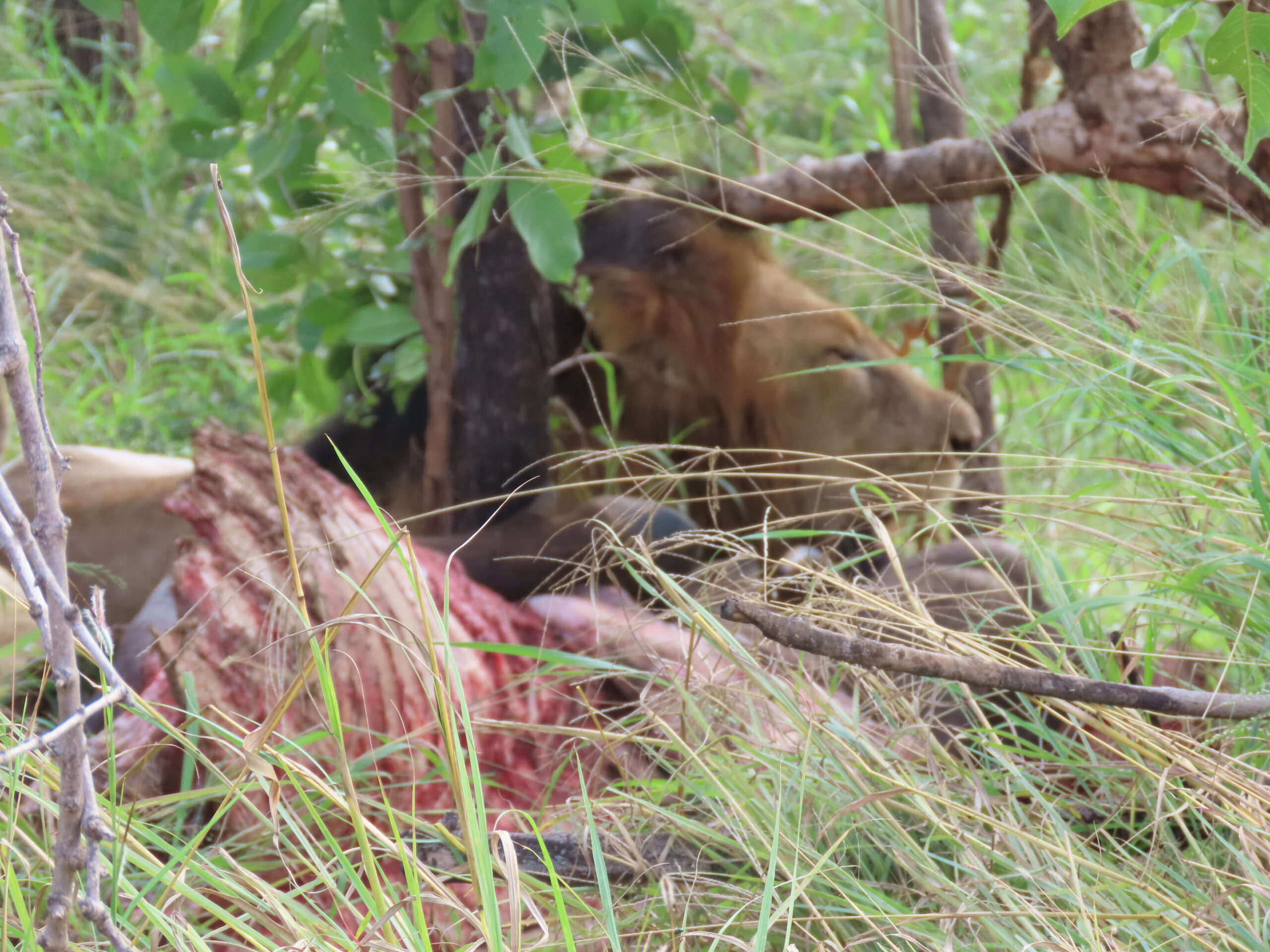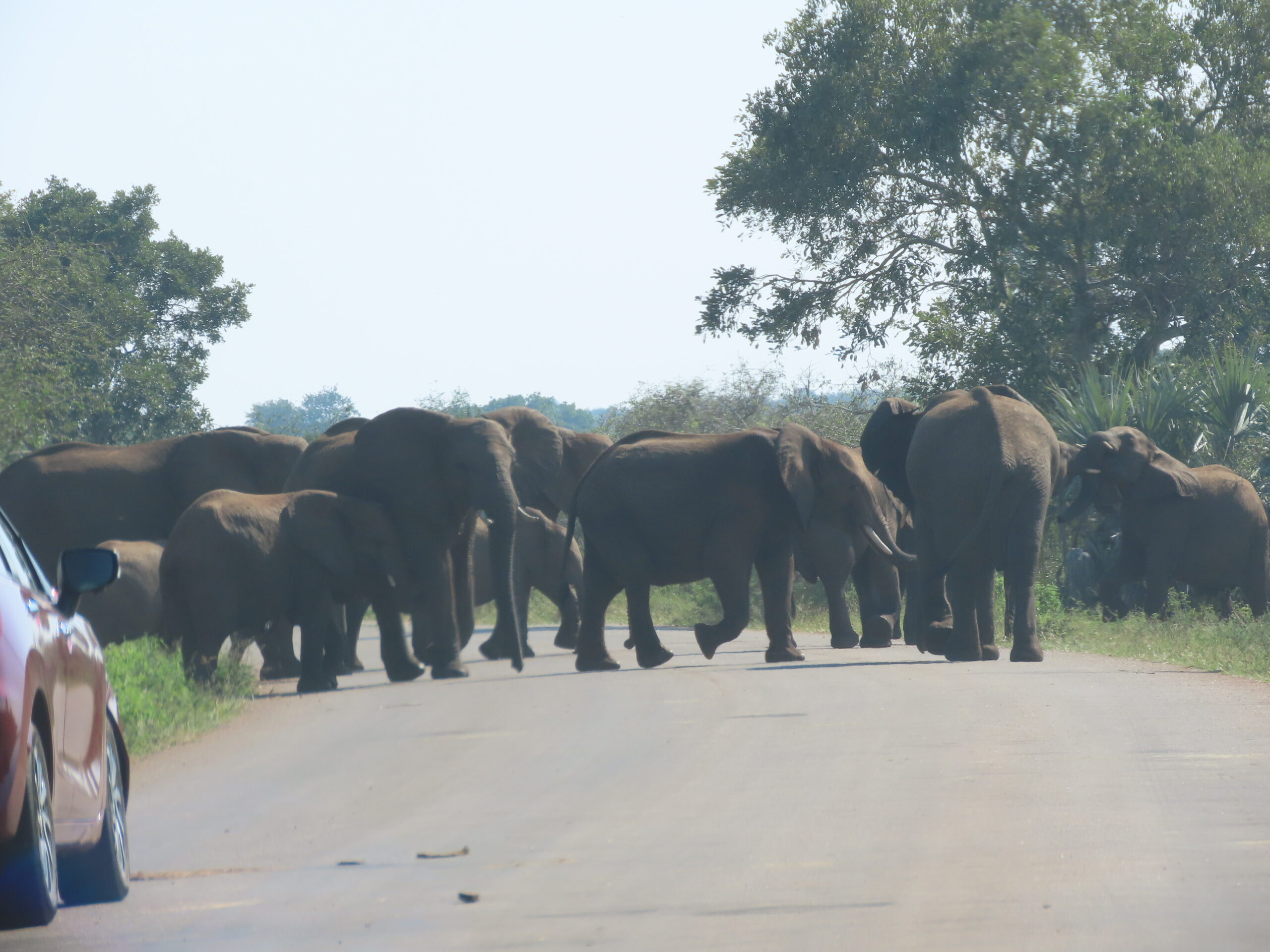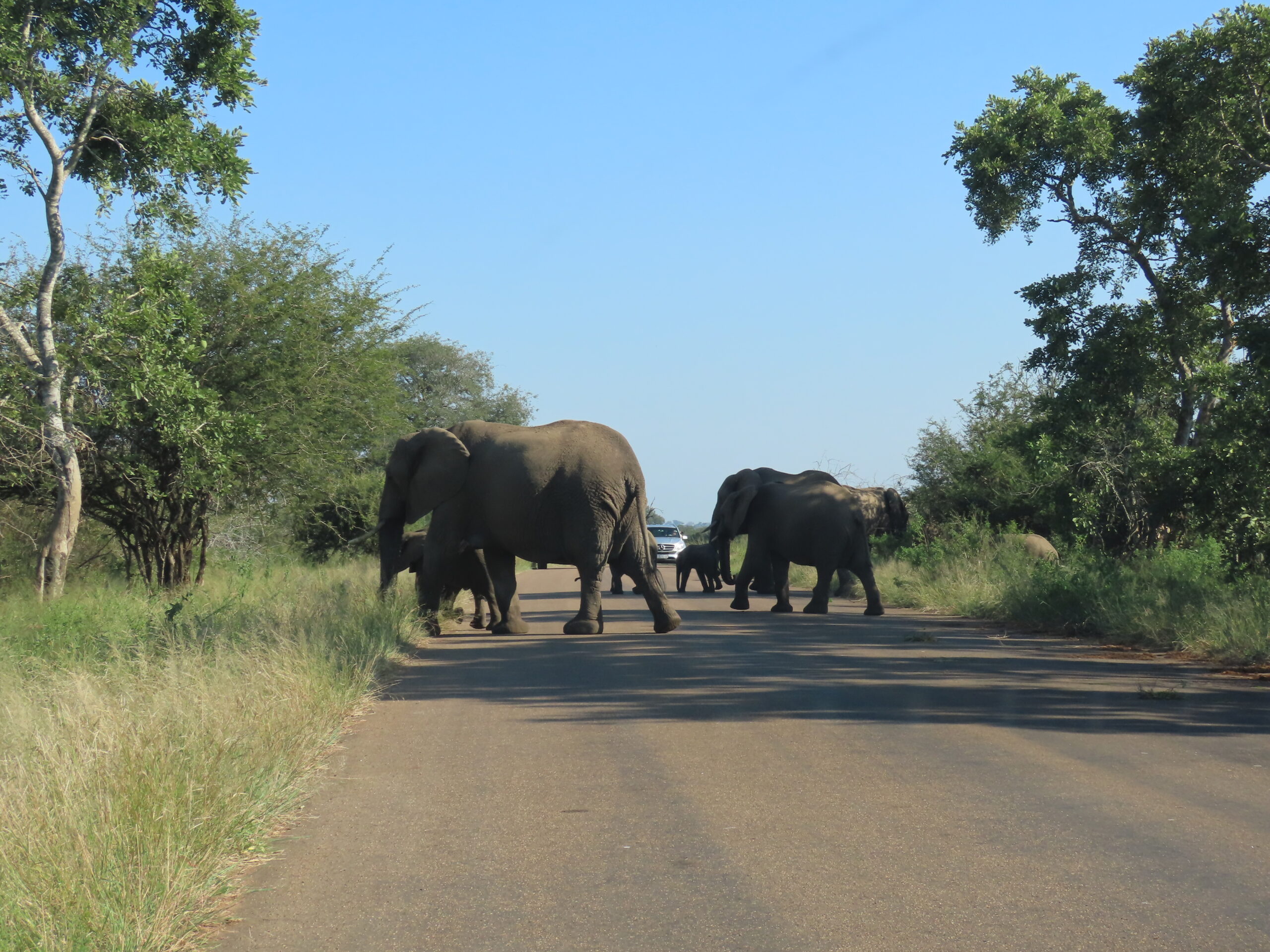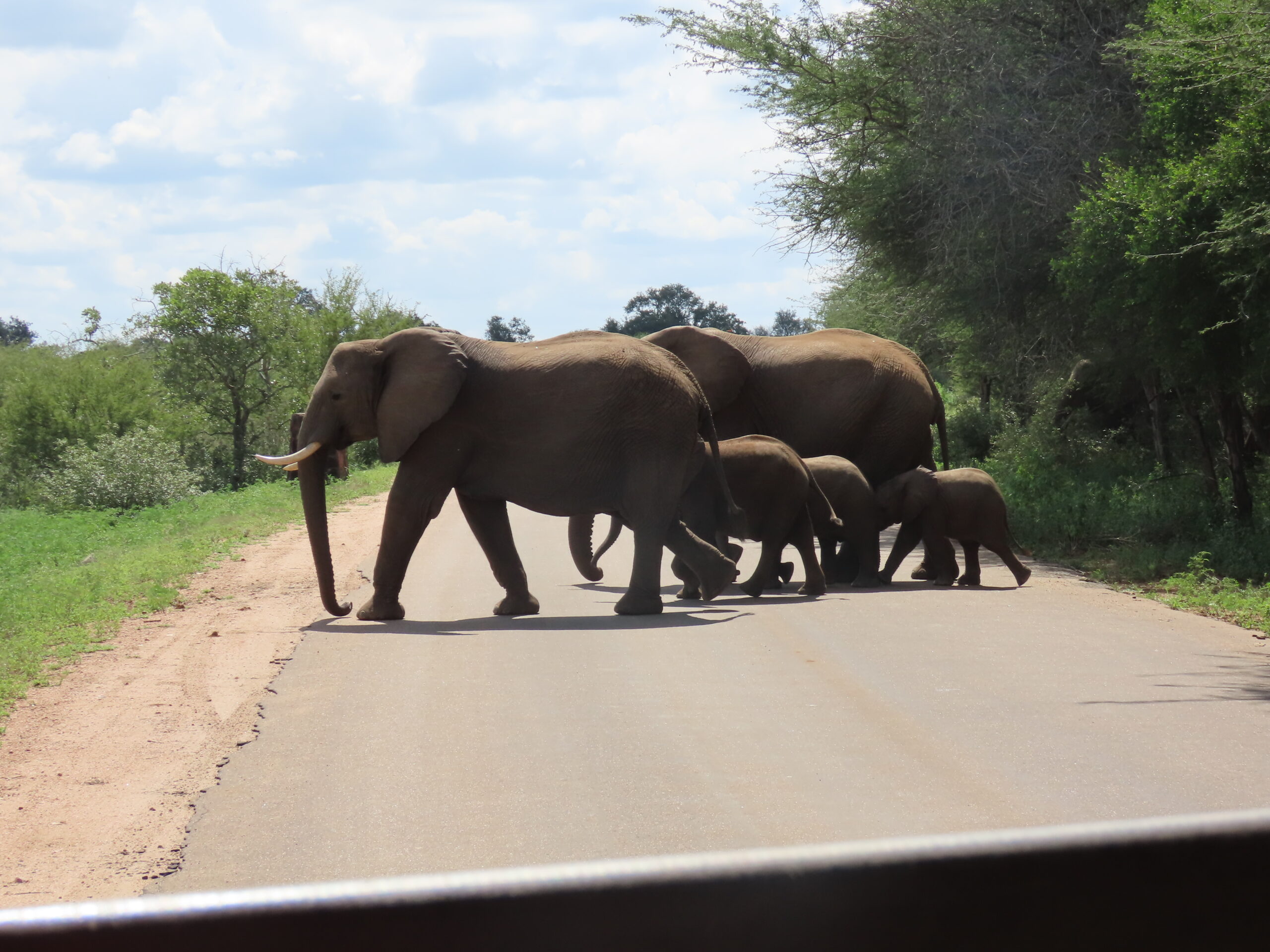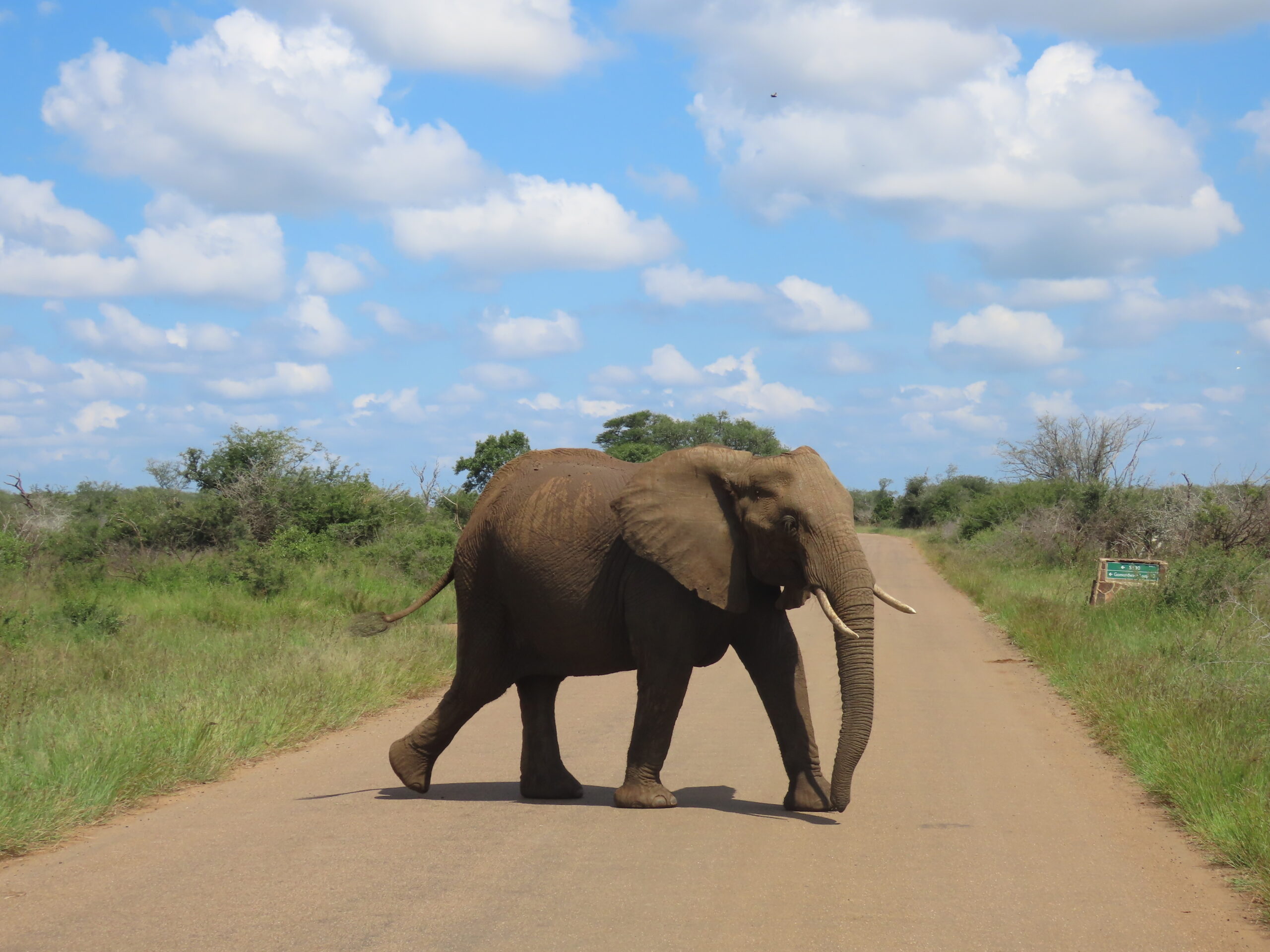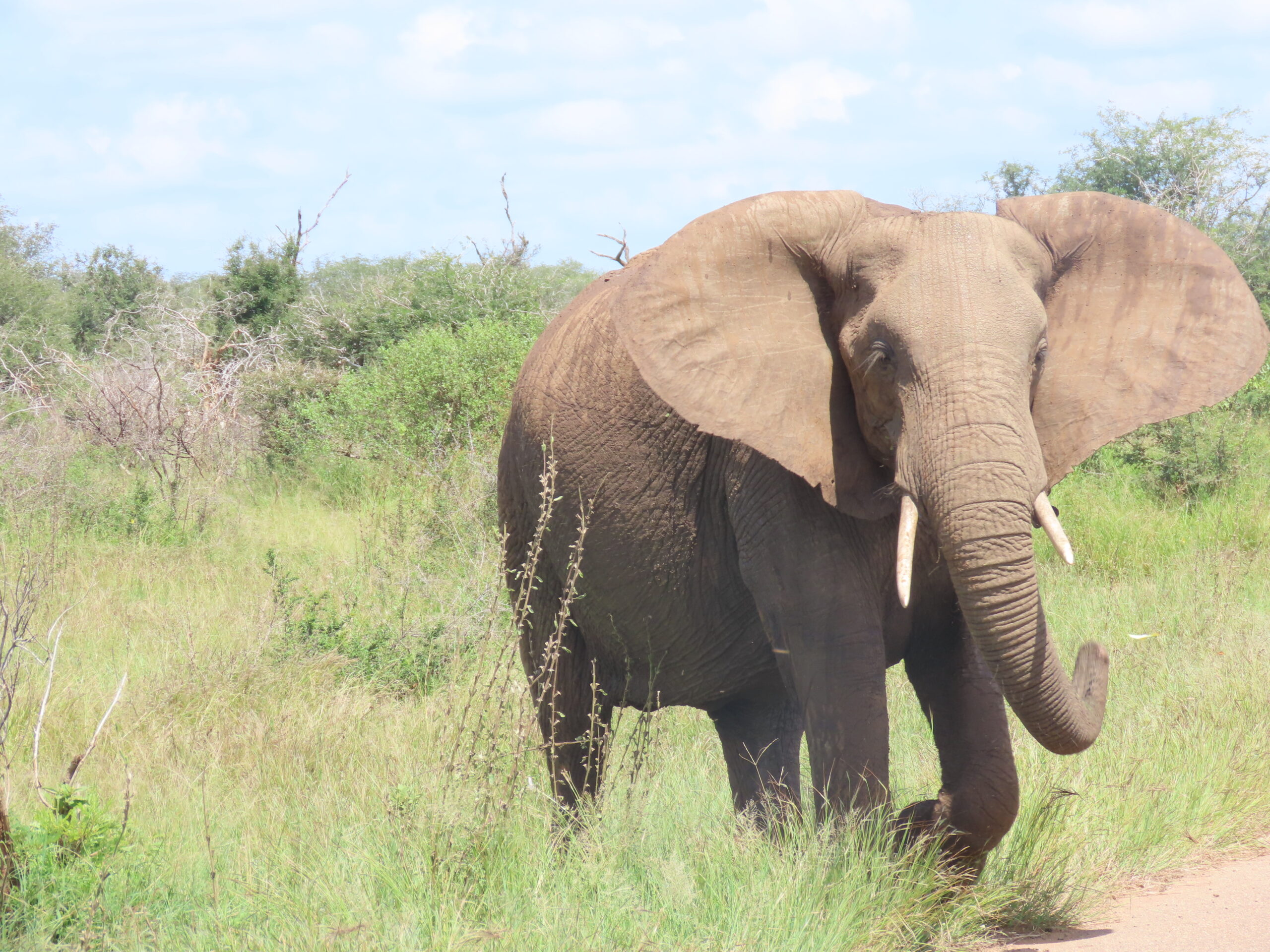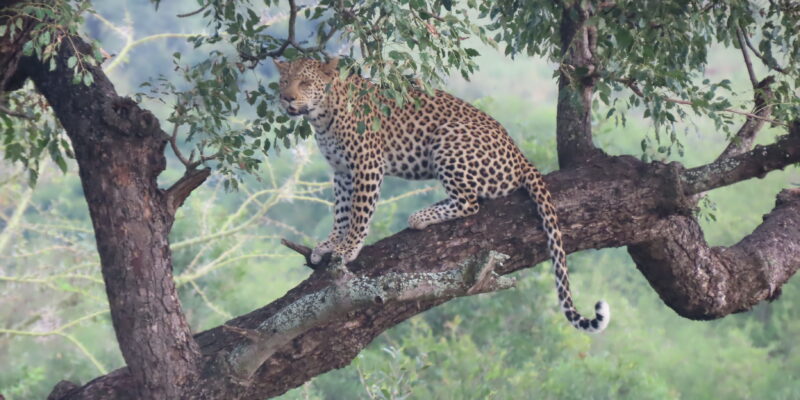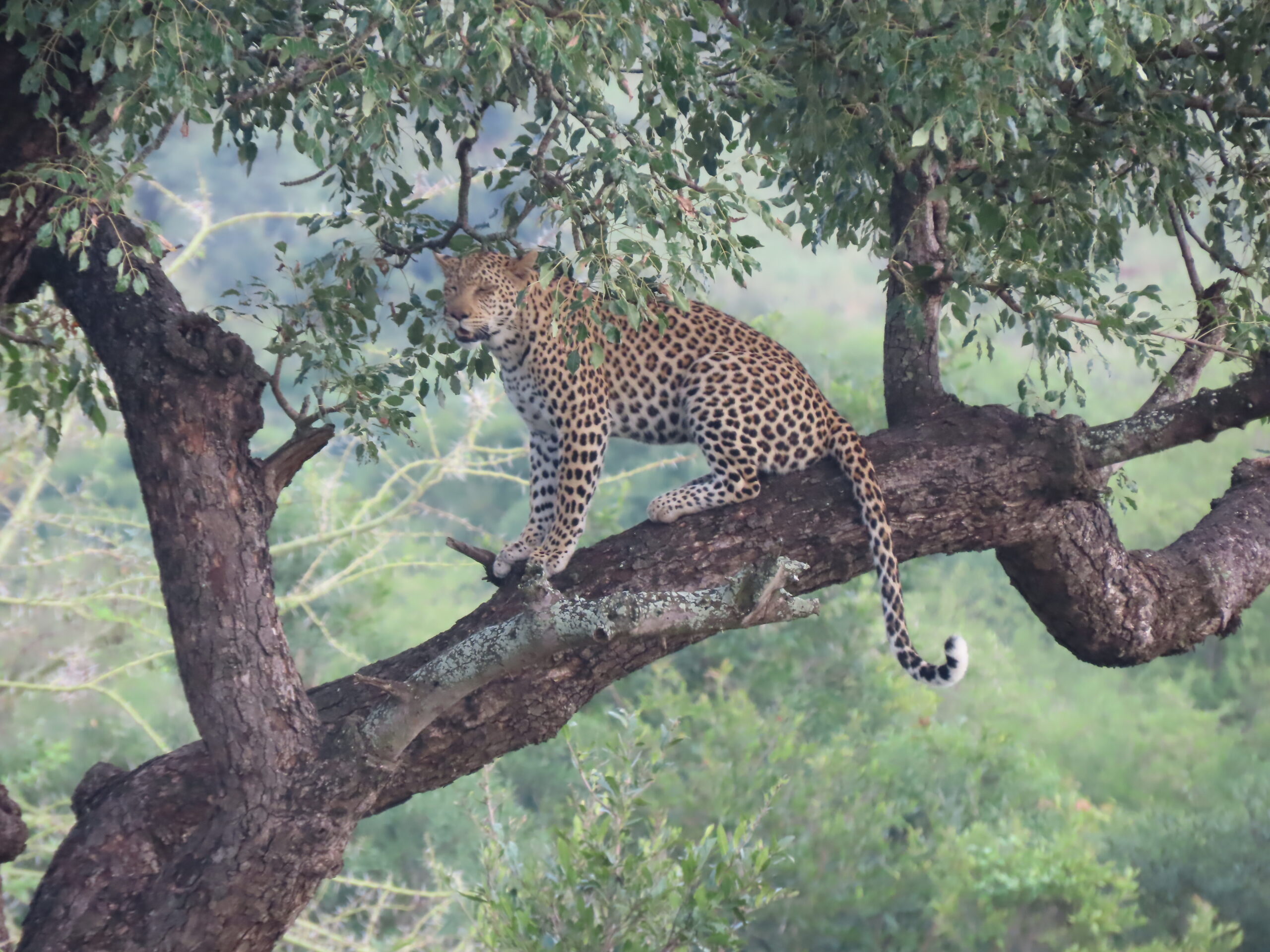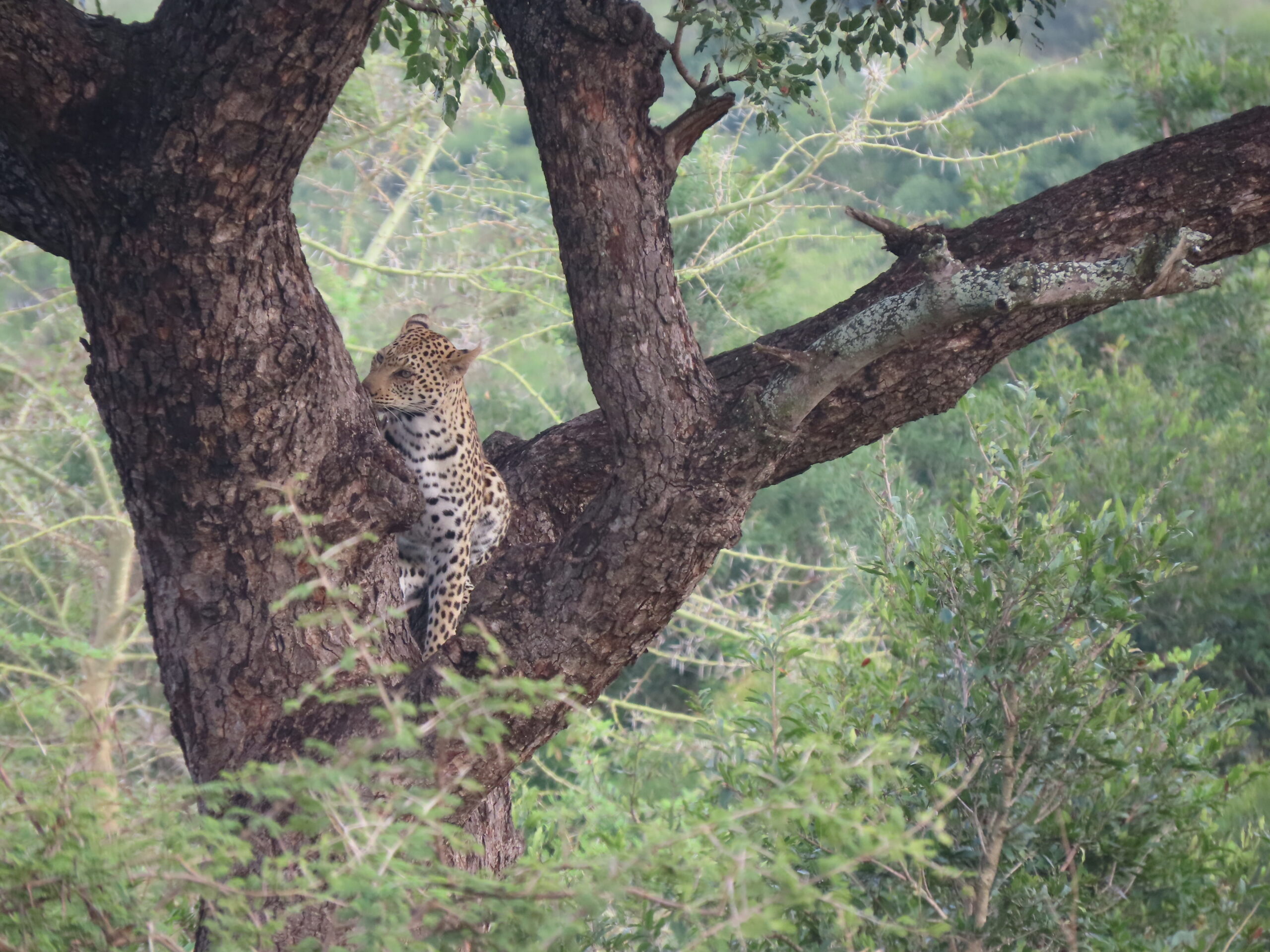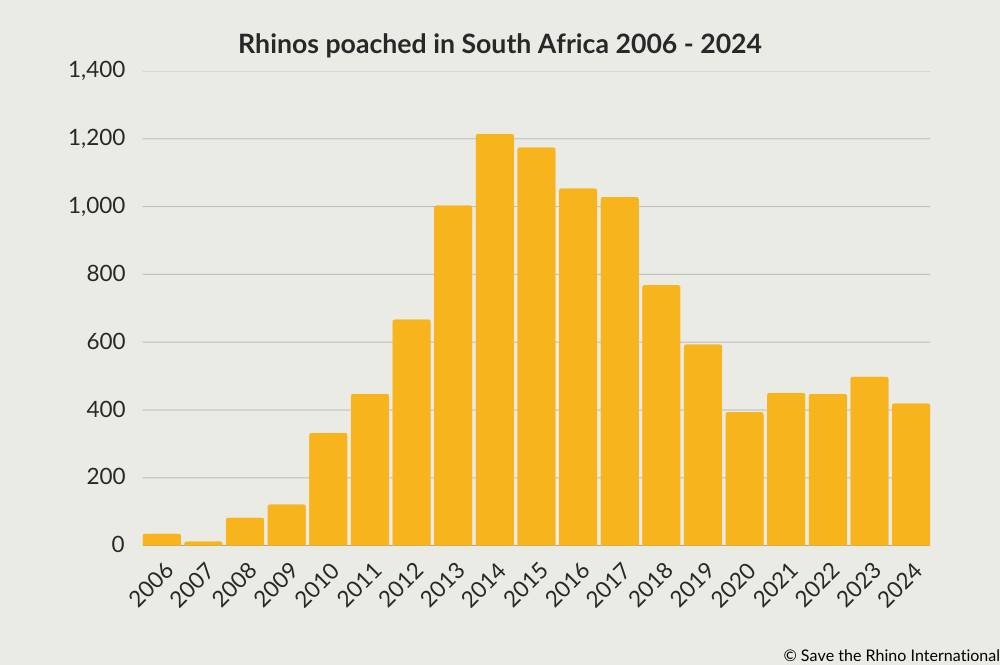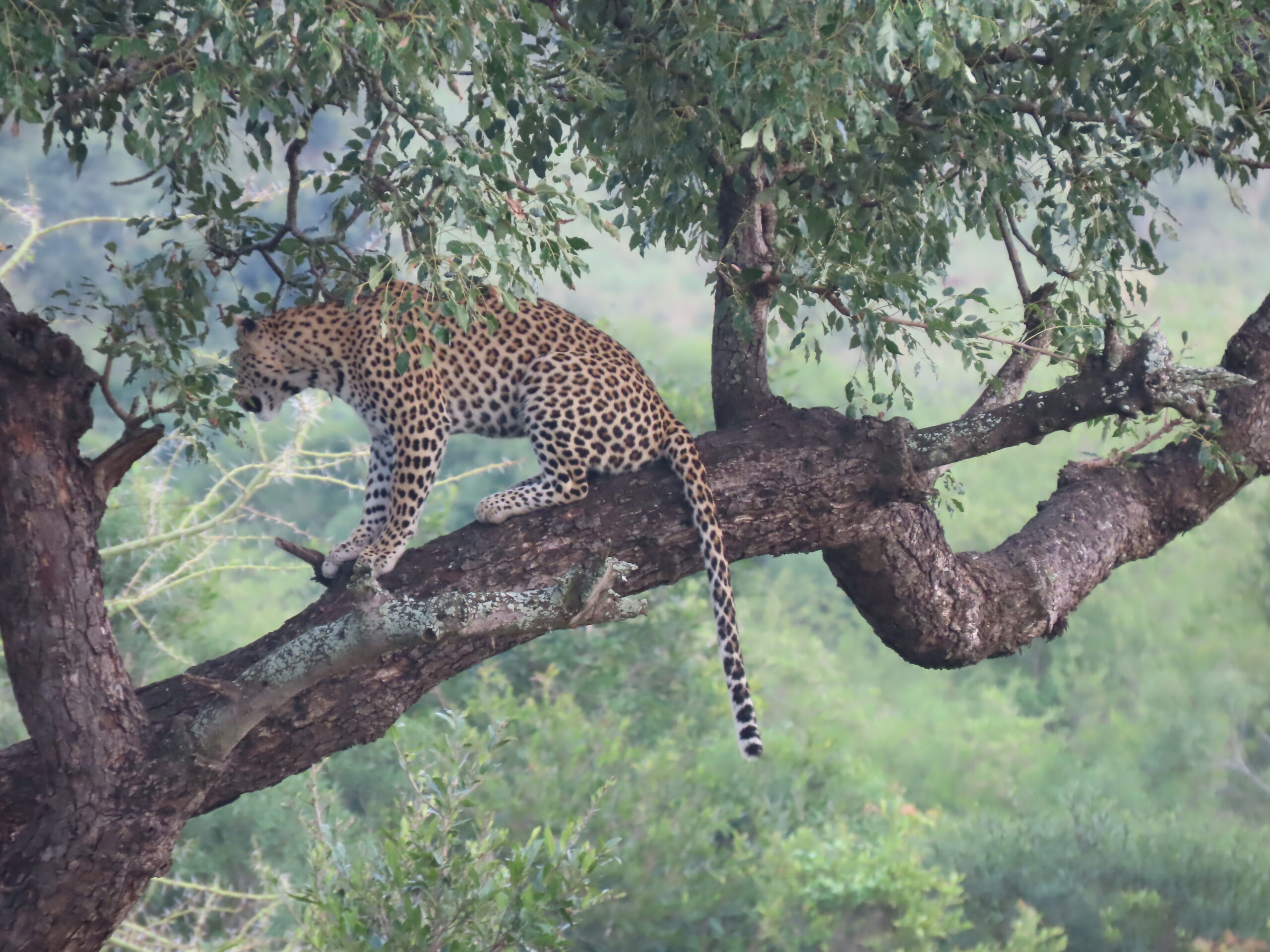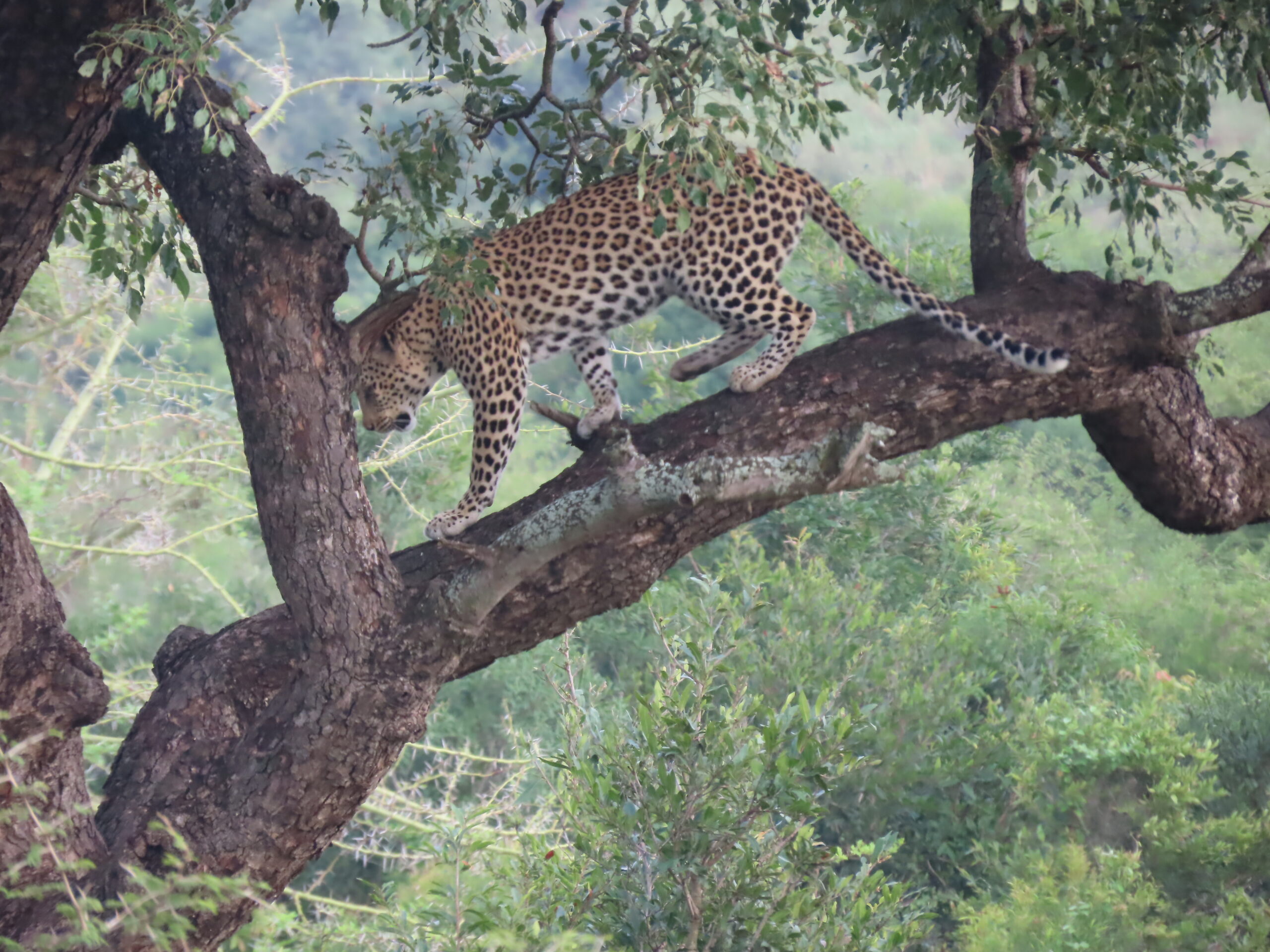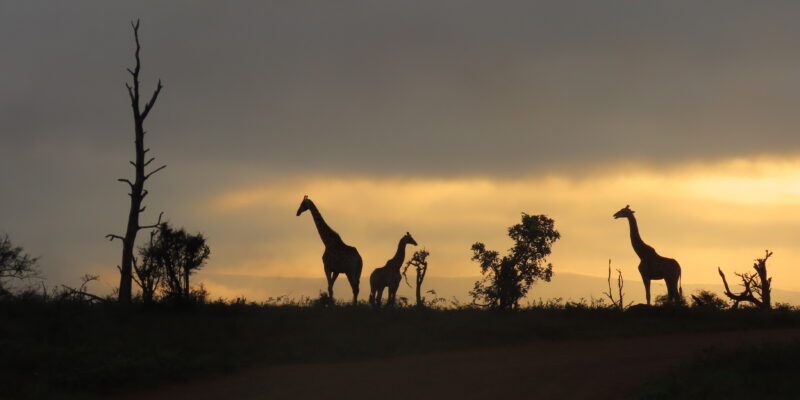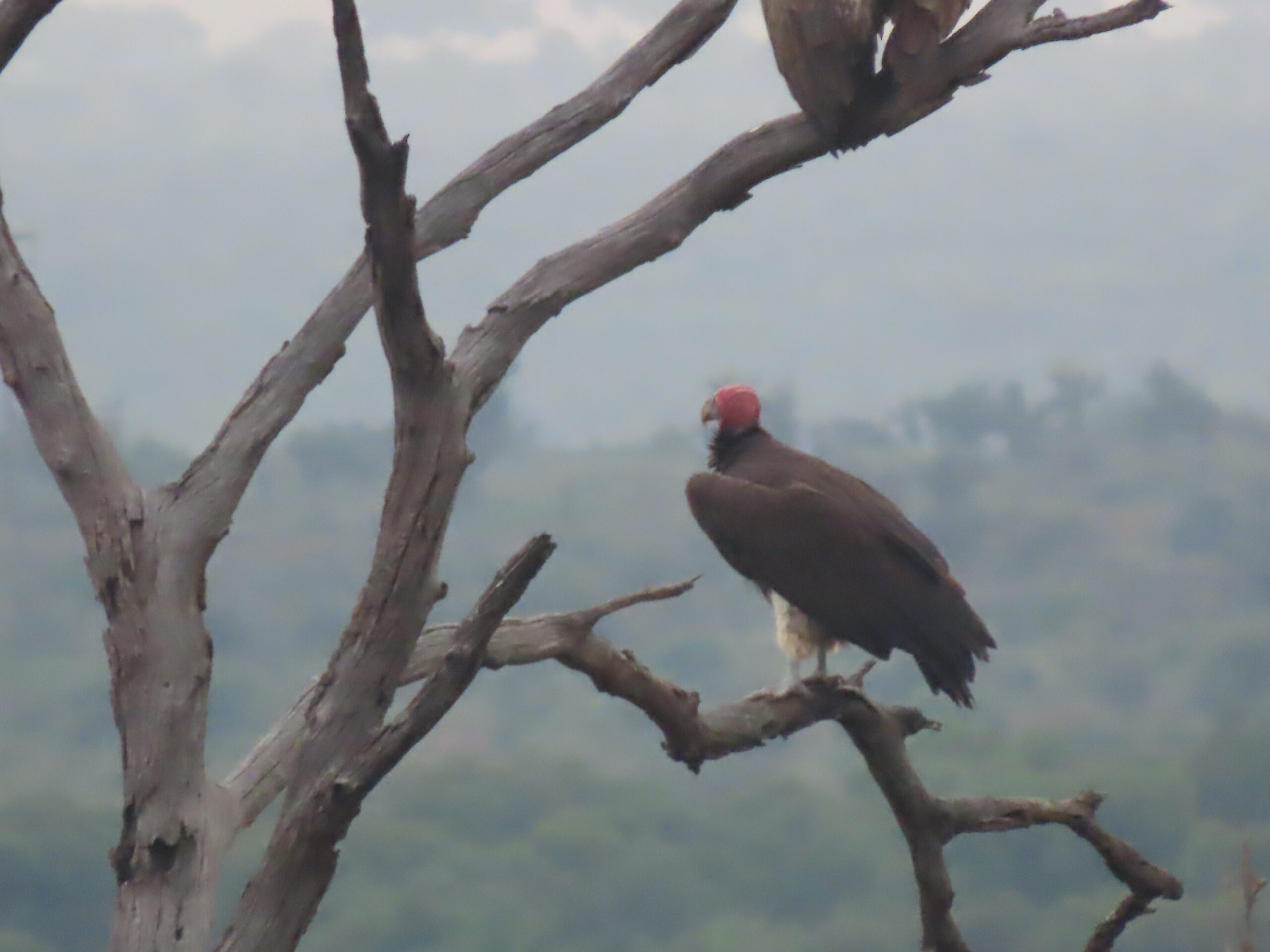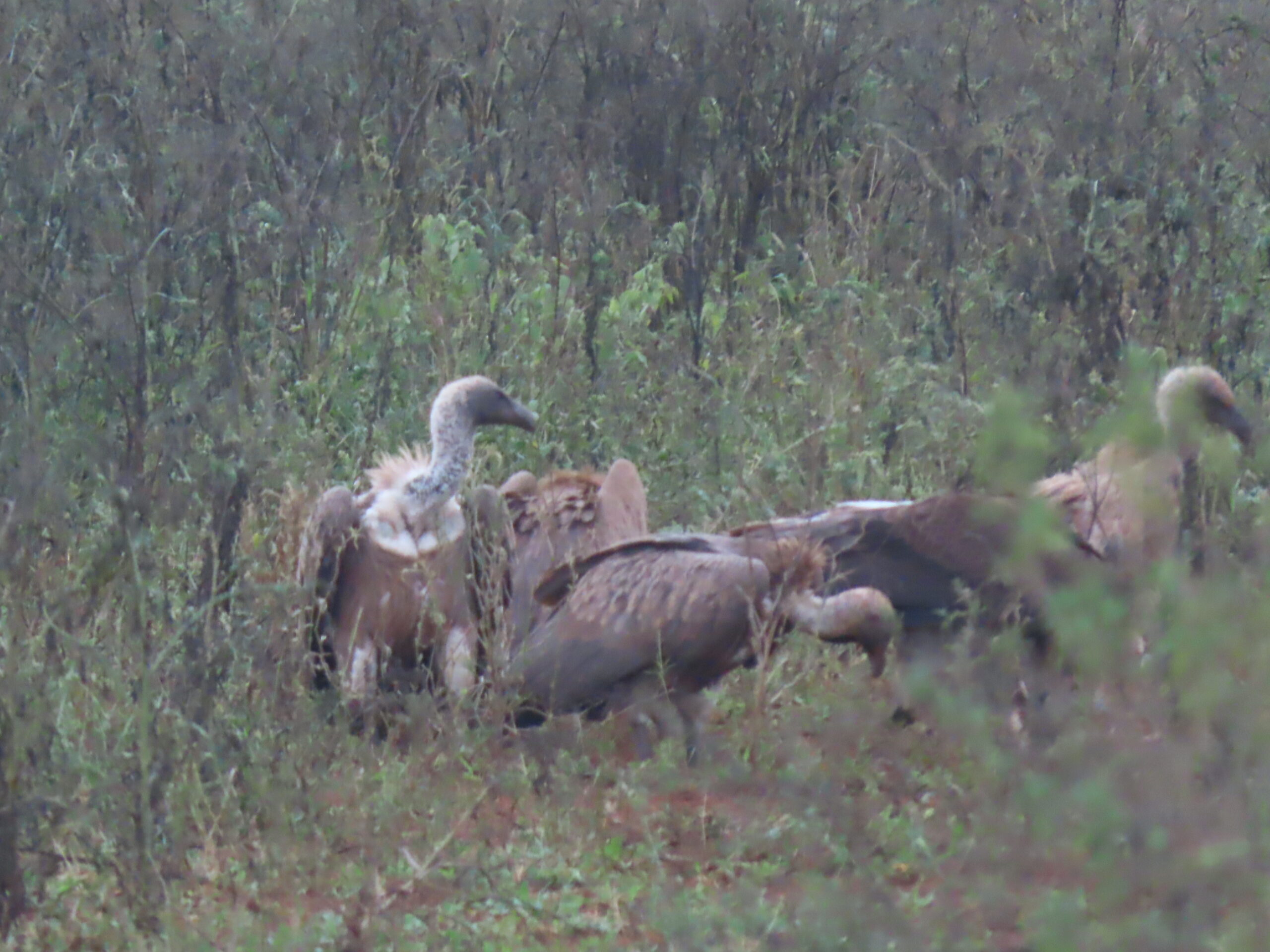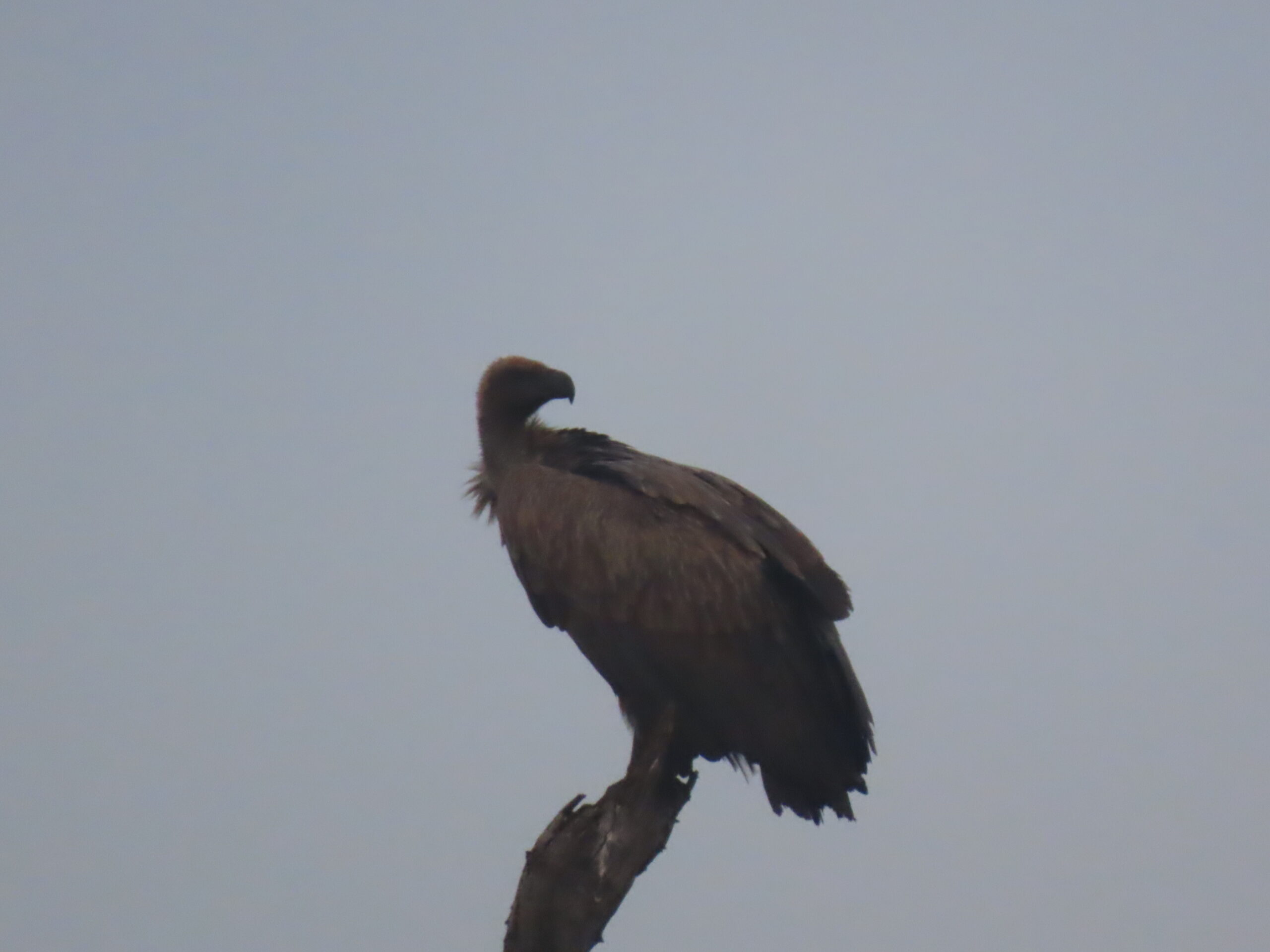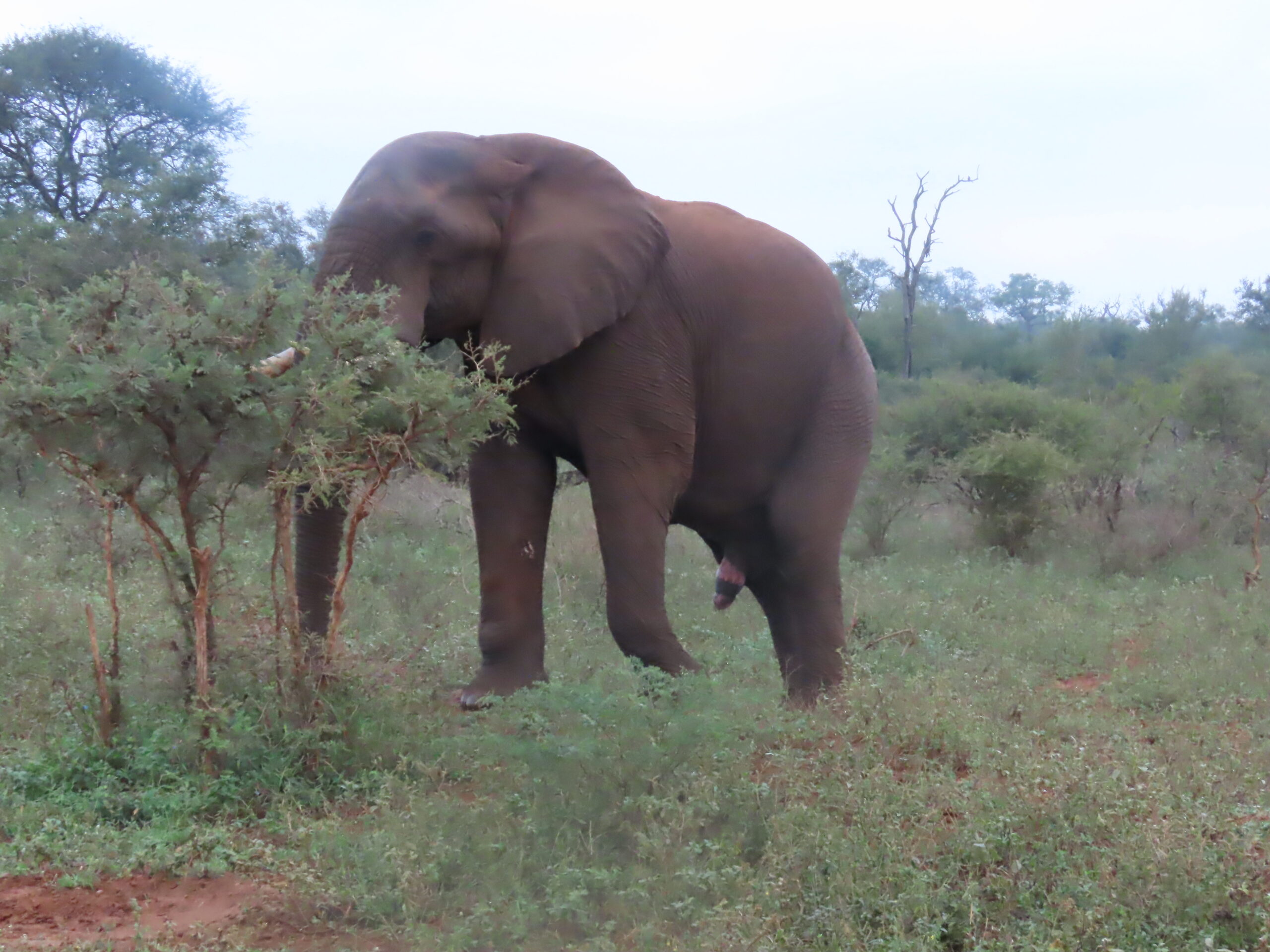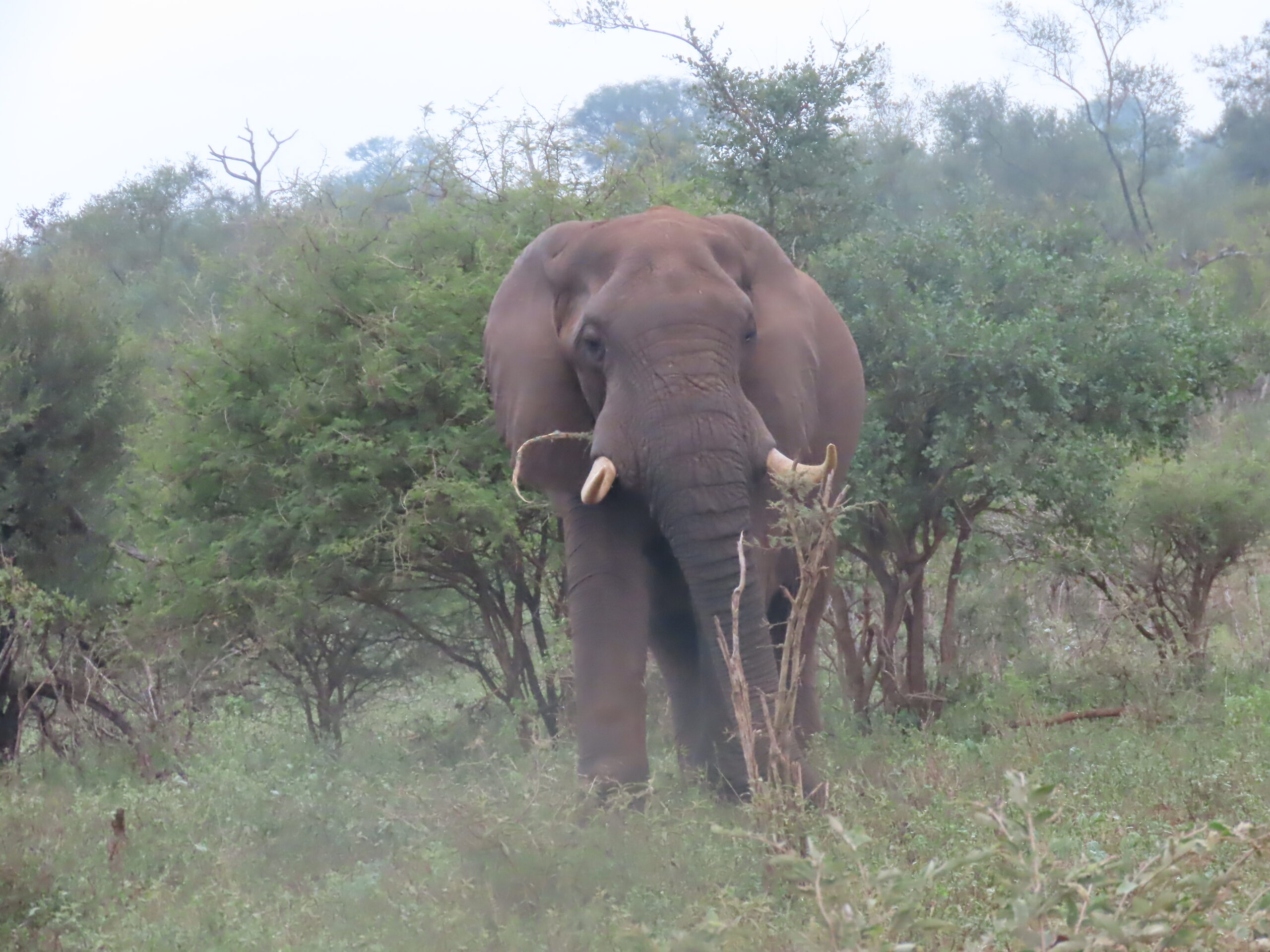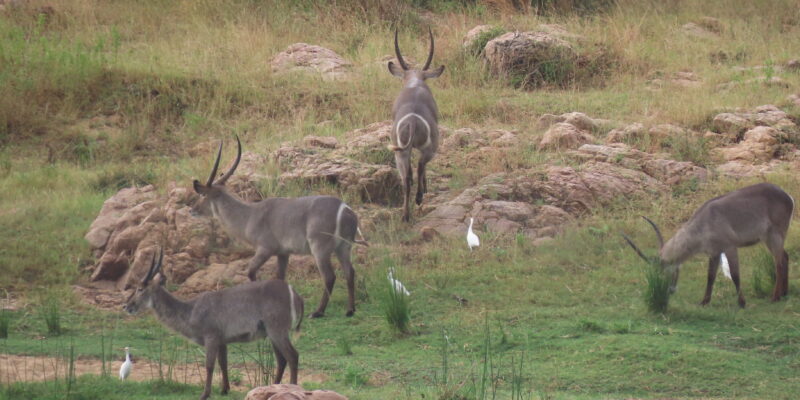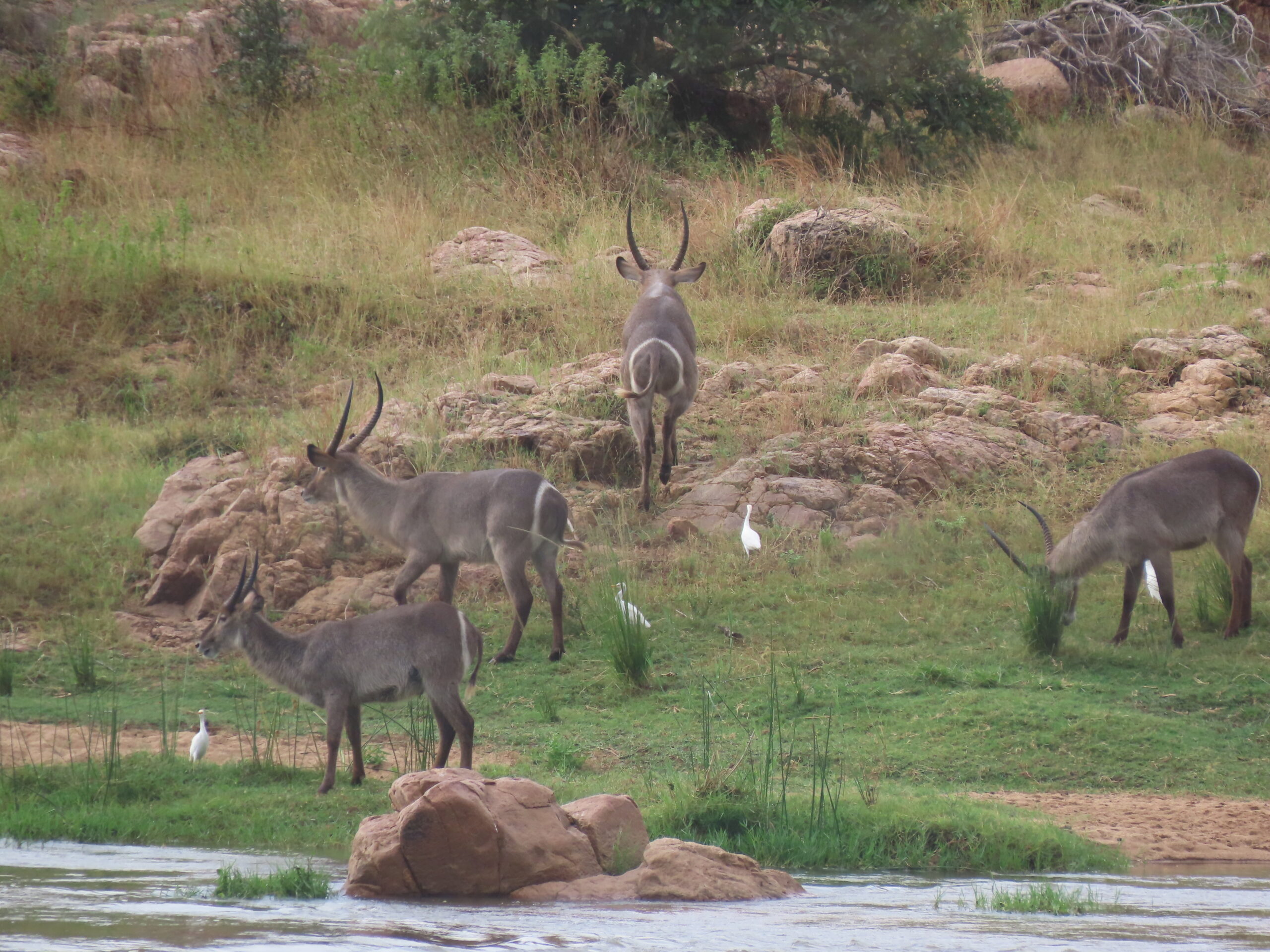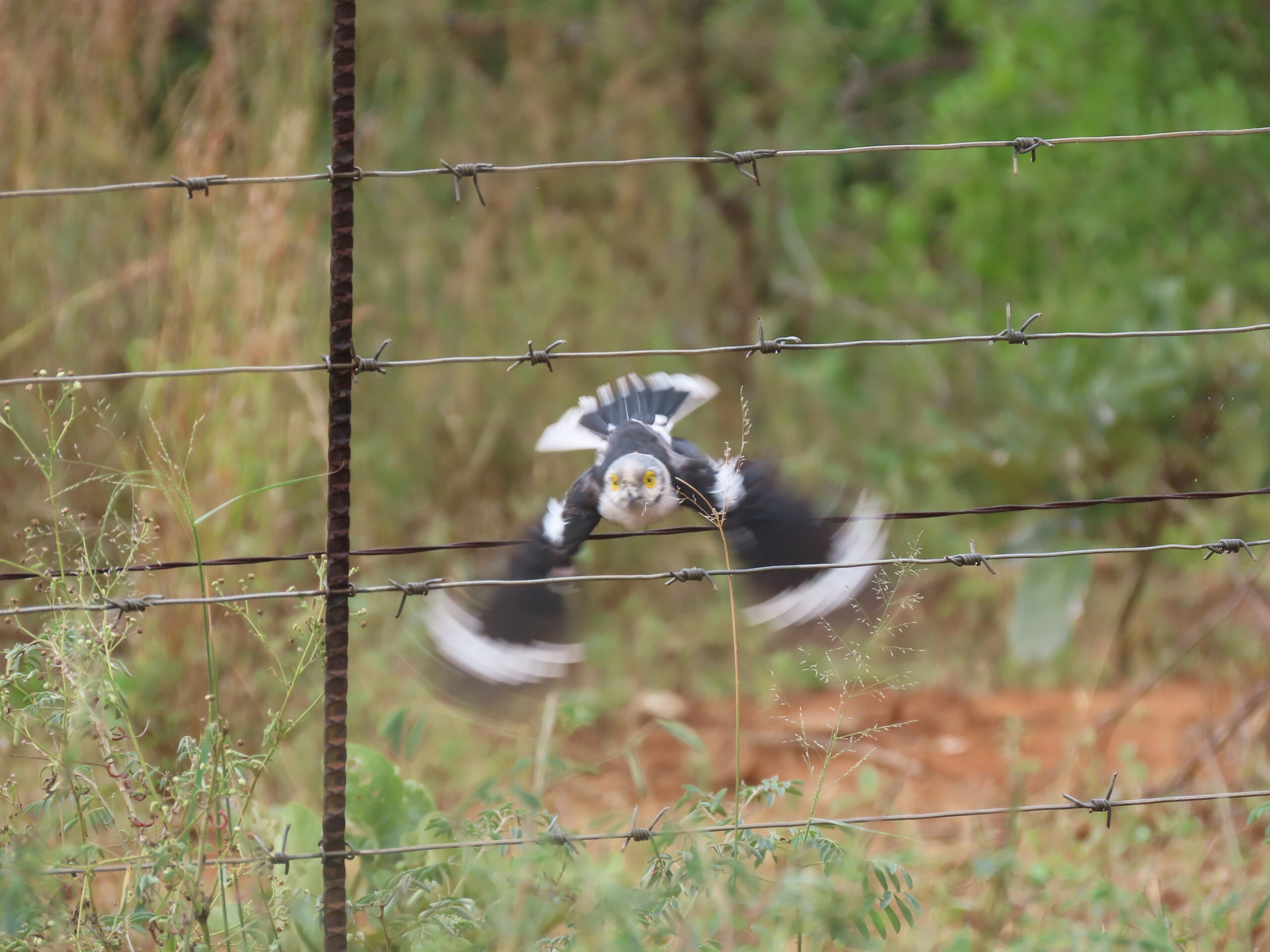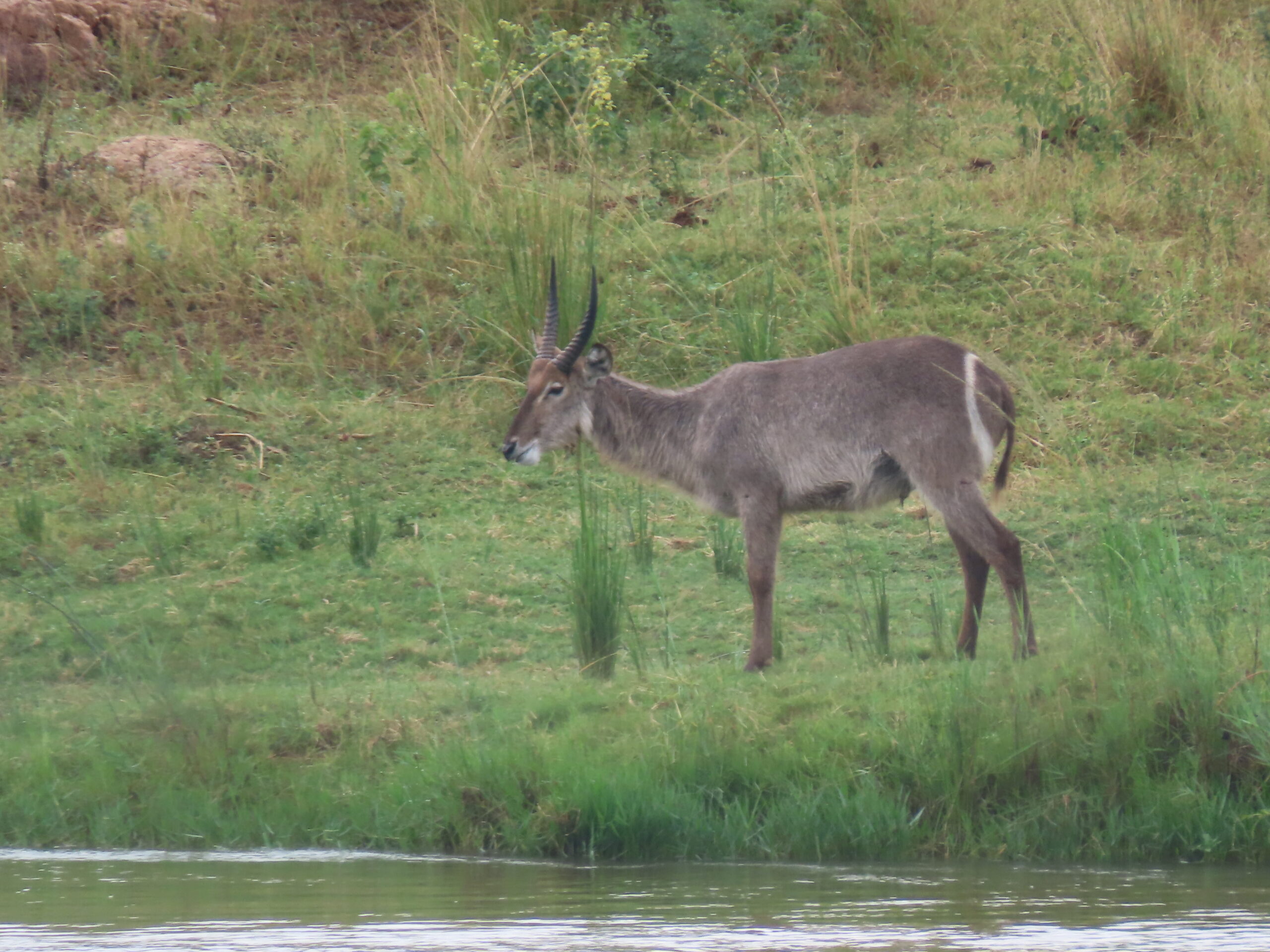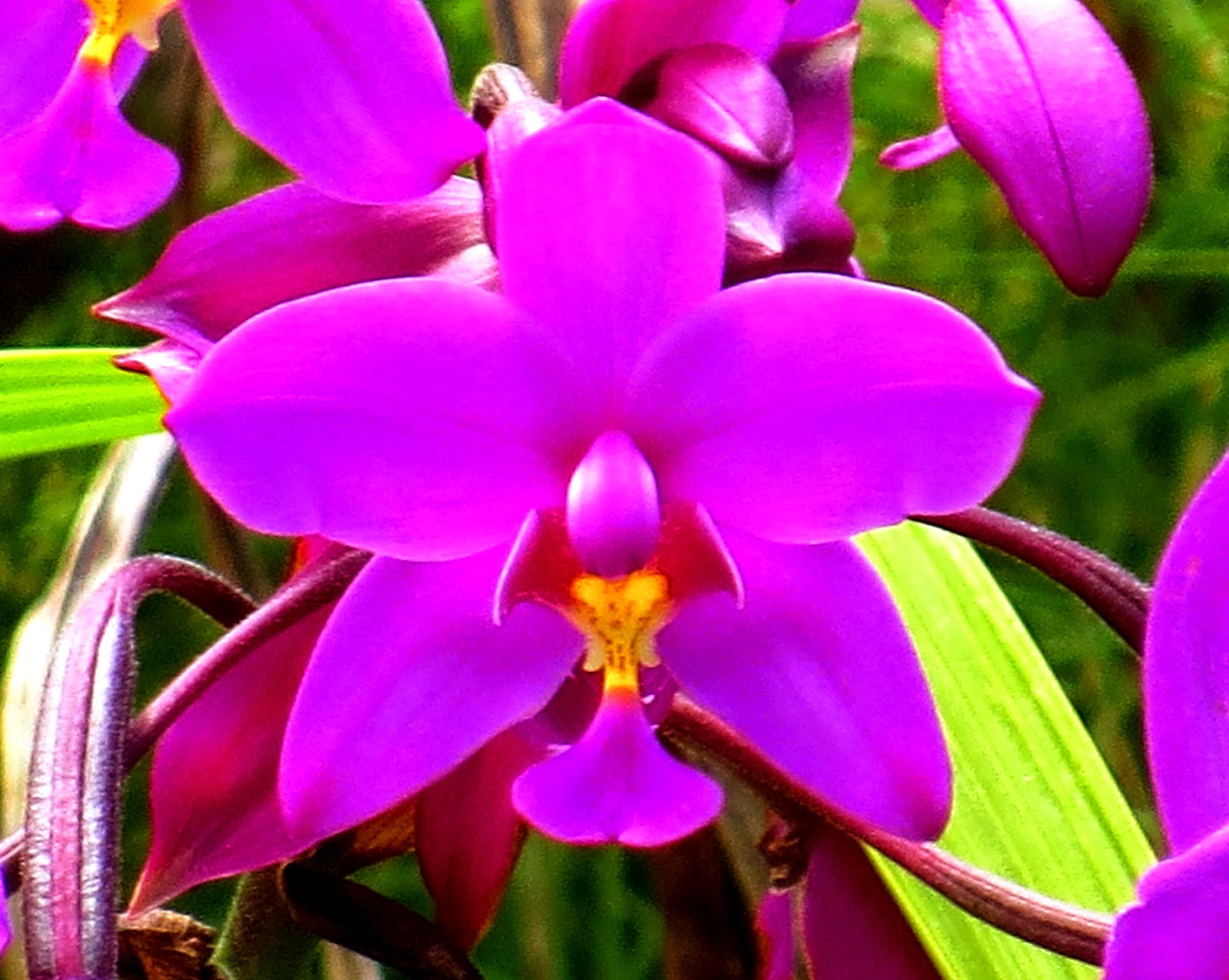
This weekend is another busy holiday period in South Africa, as described here.
“Since April 27th, Freedom Day, falls on a Sunday, the following Monday, April 28th, is also a public holiday. Therefore, there is a public holiday this weekend in South Africa, and it falls on Monday, April 28th.”



We were thrilled to run into Don and his cousin Michael at Amazing Kruger View when they’d stopped for a bite to eat after their drive to Nelspruit to return their cousin Sandra to the airport after she visited with Kathy and Don for three weeks After we chatted with them, they left, and we headed to our table for three.

We had a pleasant dinner and were visited by the manager a few times to chat He remembered us from two years ago We’ve been surprised by the number of locals who have kindly and warmly greeted us, often with enthusiastic hugs and kisses We love how warm and welcoming the people of South Africa are.

Lisa wasn’t thrilled with her meal since the bread bowl was too doughy, but she enjoyed the curry contents. I loved my meal, as shown below, which consisted of grilled squid (calamari) tubes accompanied by a huge side of creamed spinach. Wow, was that ever good!
Last night, we dined in, and Lisa joined us when she returned from her day trip to the Panorama Route. I made yummy tuna patties, accompanied by a huge Greek salad that we all devoured. We dined on the veranda while only a few animals stopped by.
Lisa was exhausted from the rainy day, and the long drive went to bed early. Later, Tom and I drifted off to our room to stream another few episodes of the new Netflix series, Ransom Canyon. It was another lovely day and evening.

This evening at 4:45 pm, we’ll head to Jabula for another fun Friday night. Tomorrow night, Kathy, Don, Connie, Don’s brother Keith, Keith’s daughter Karen, and the three of us, for a party of eight, will dine at Jabula.
We have thoroughly enjoyed being so busy these past weeks since Lisa arrived. Today at 3:00, I’ll be speaking with our friends Karen and Rich on WhatsApp, who are planning to visit and stay with us in July. They are the wonderful couple whom we’ve stayed with on several occasions since we began our world travels. Karen and I have been friends for many years.
That’s it for today, dear readers. We hope you all have a fantastic weekend.
Be well.
Photo from ten years ago today, April 25, 2015:




